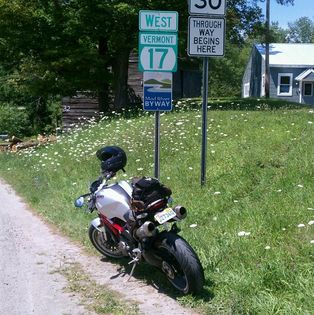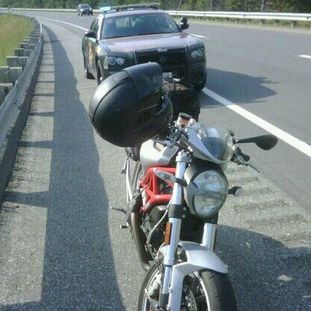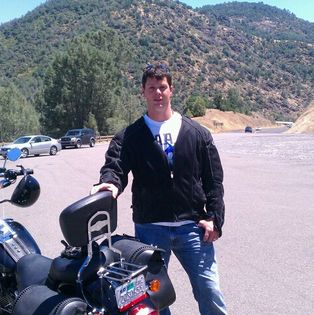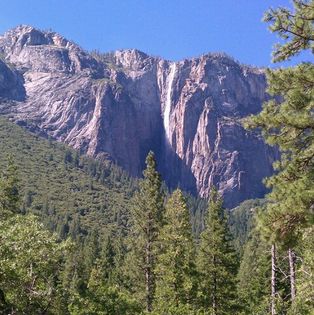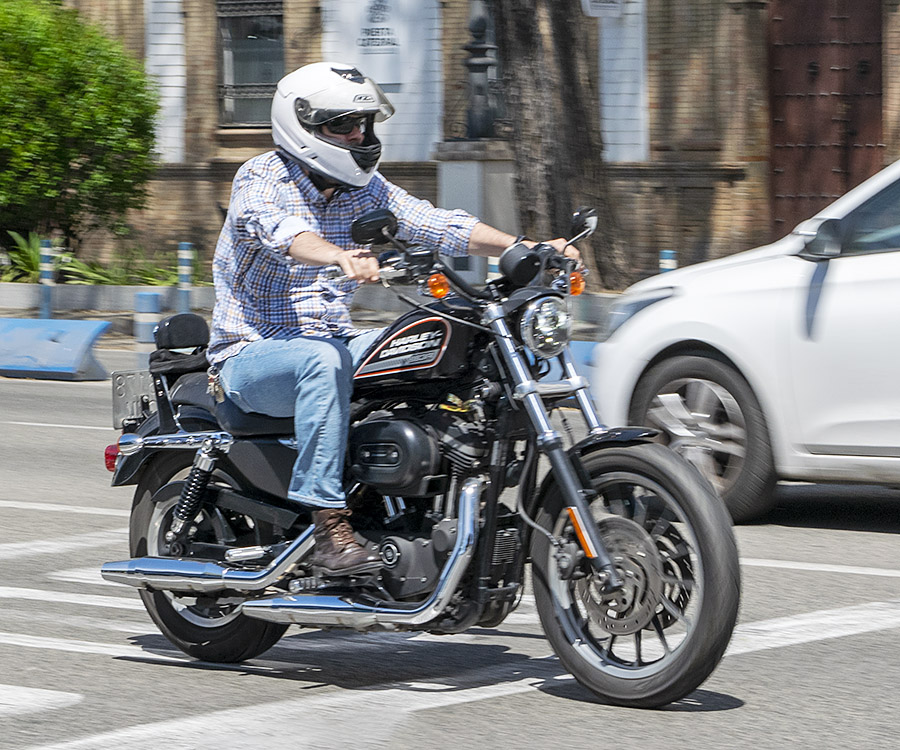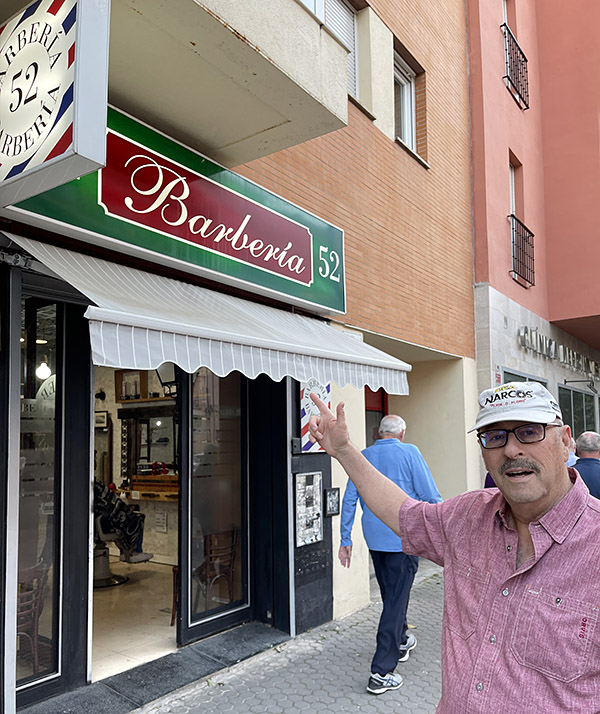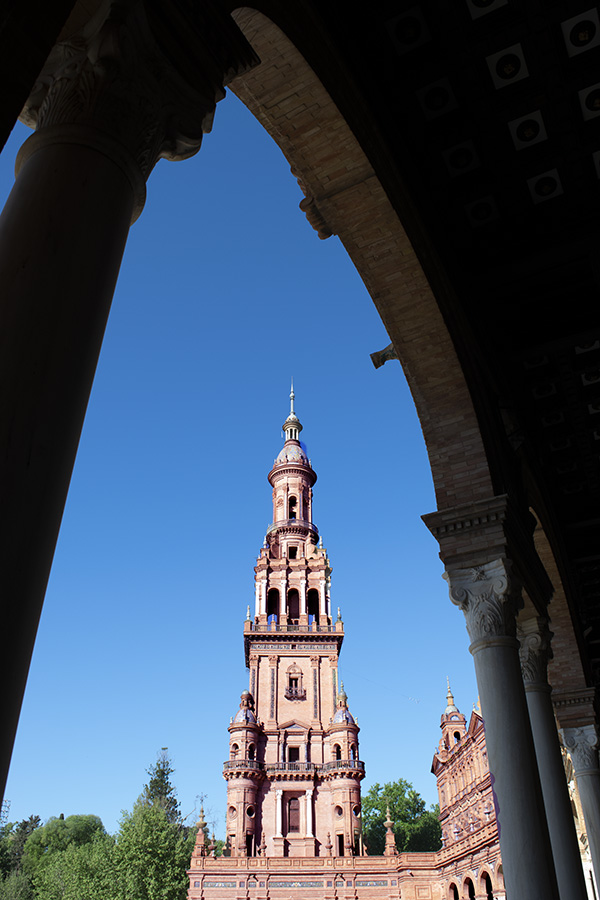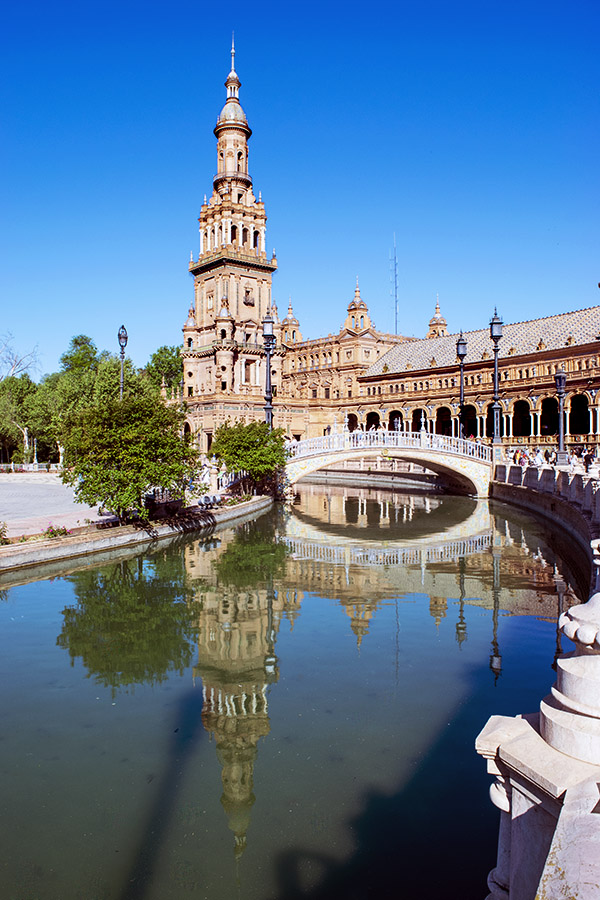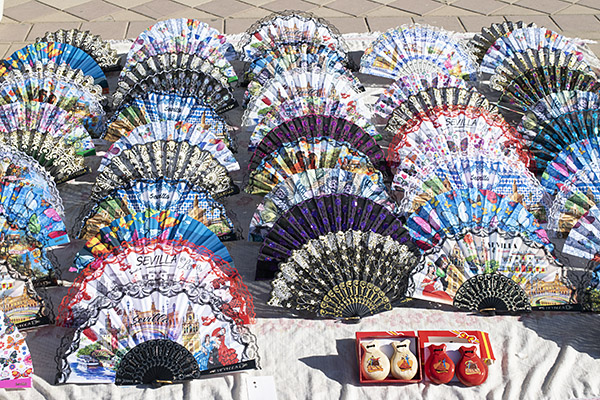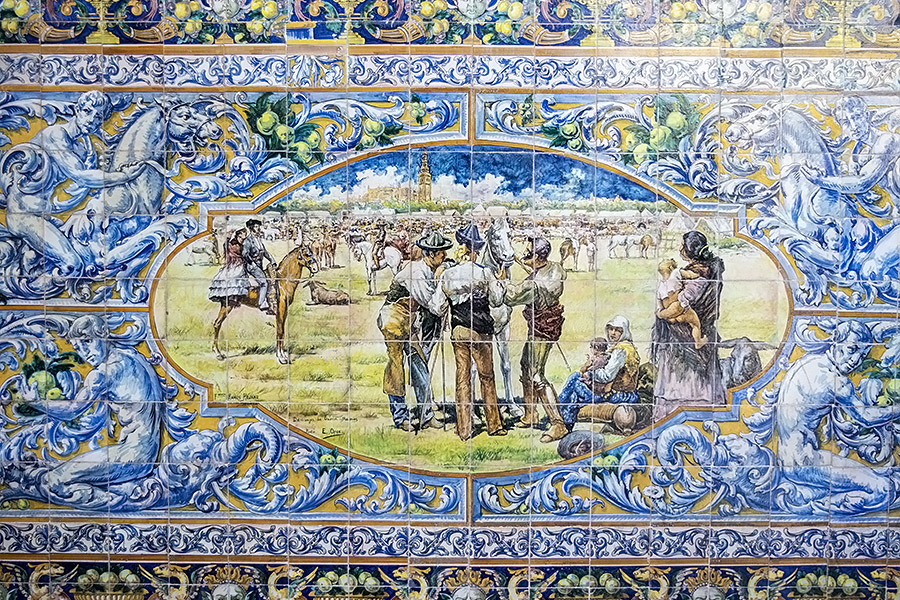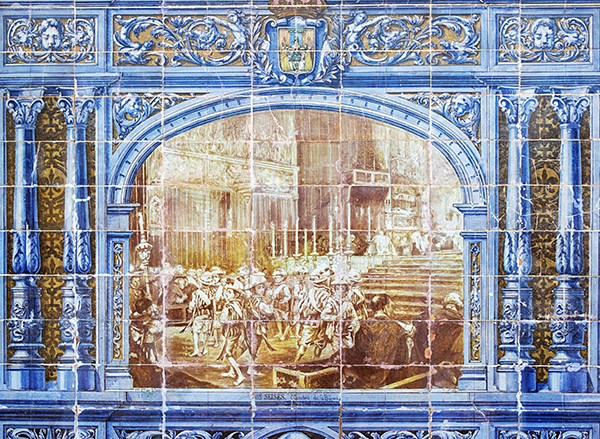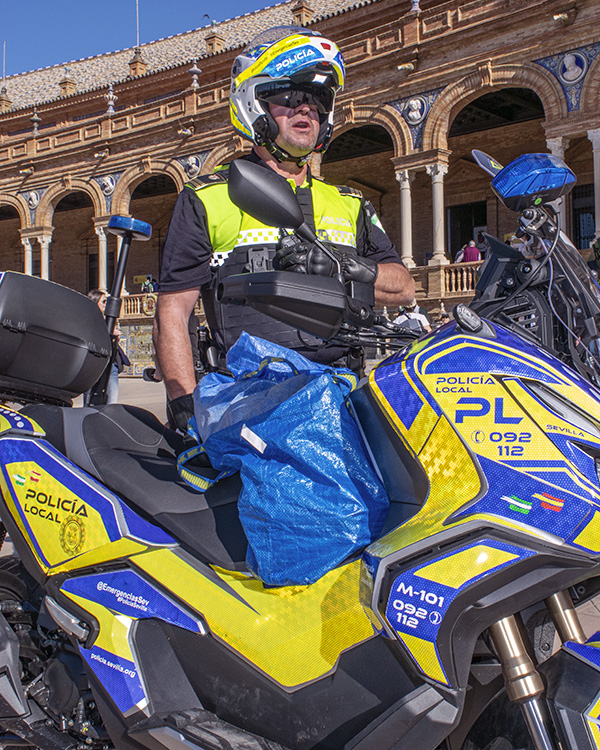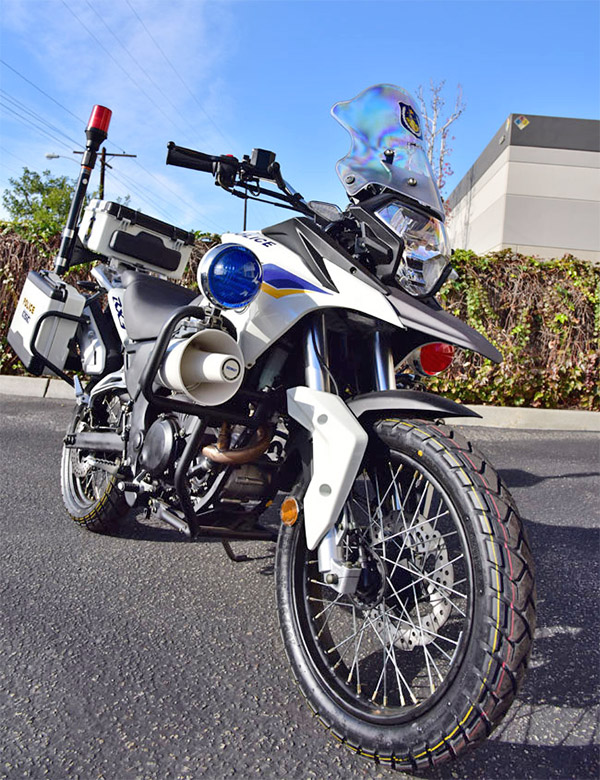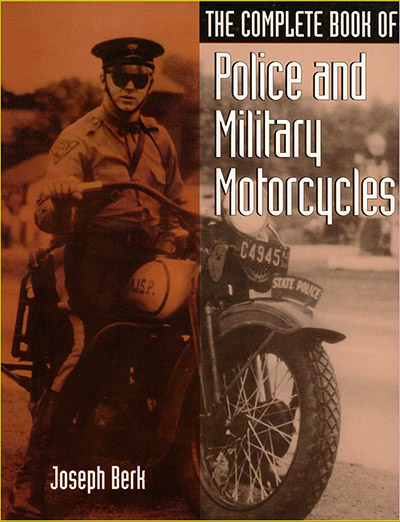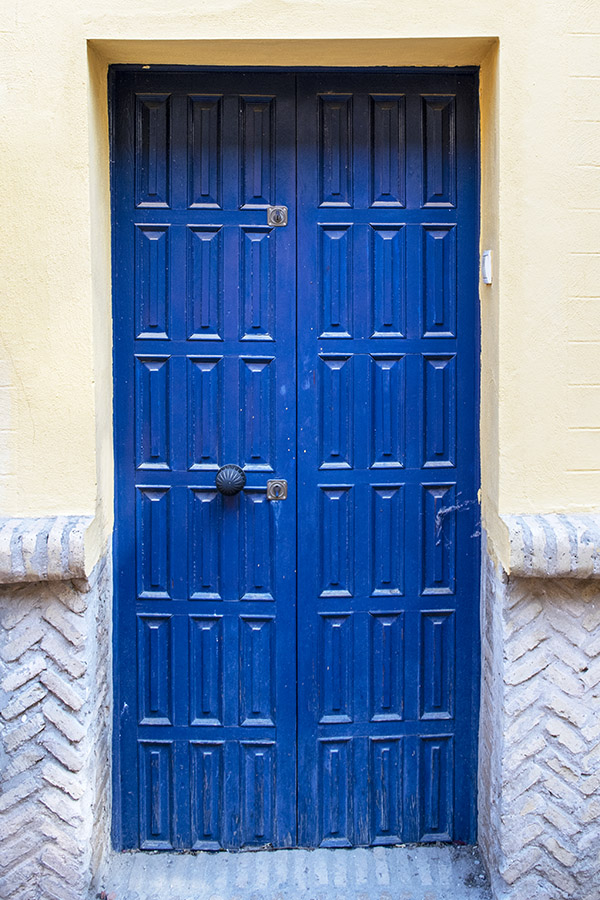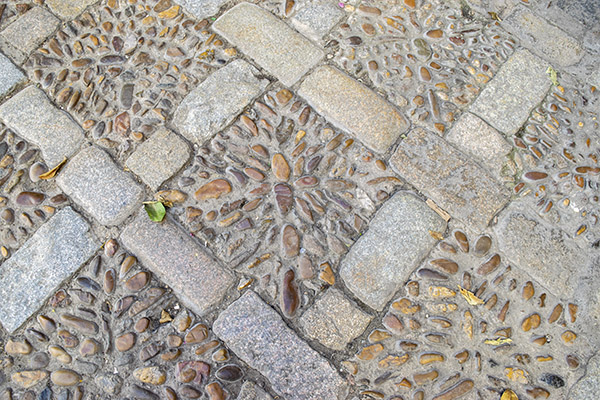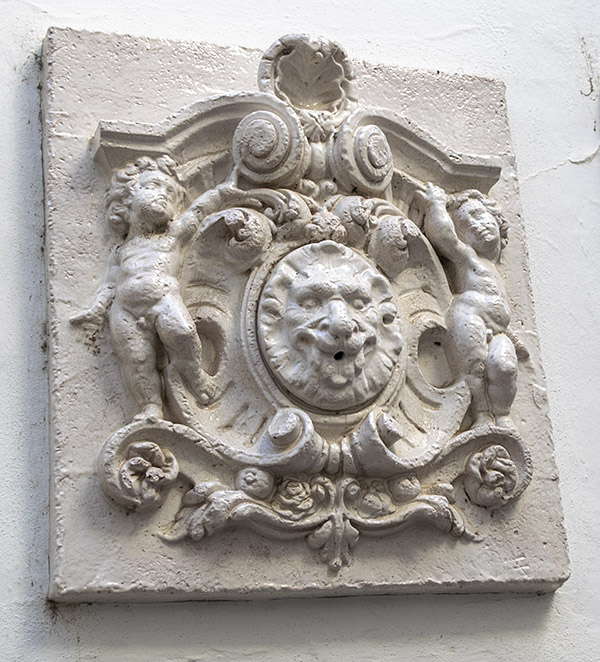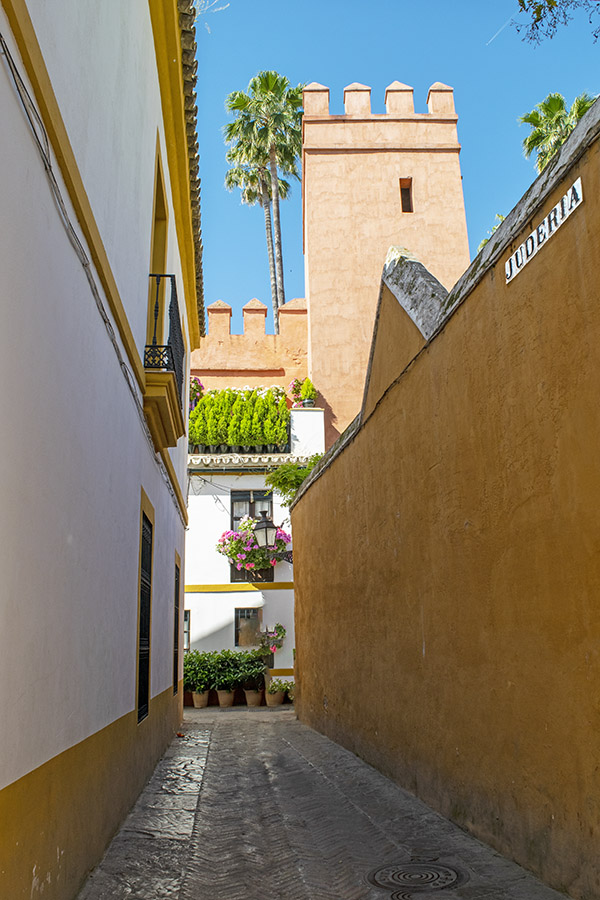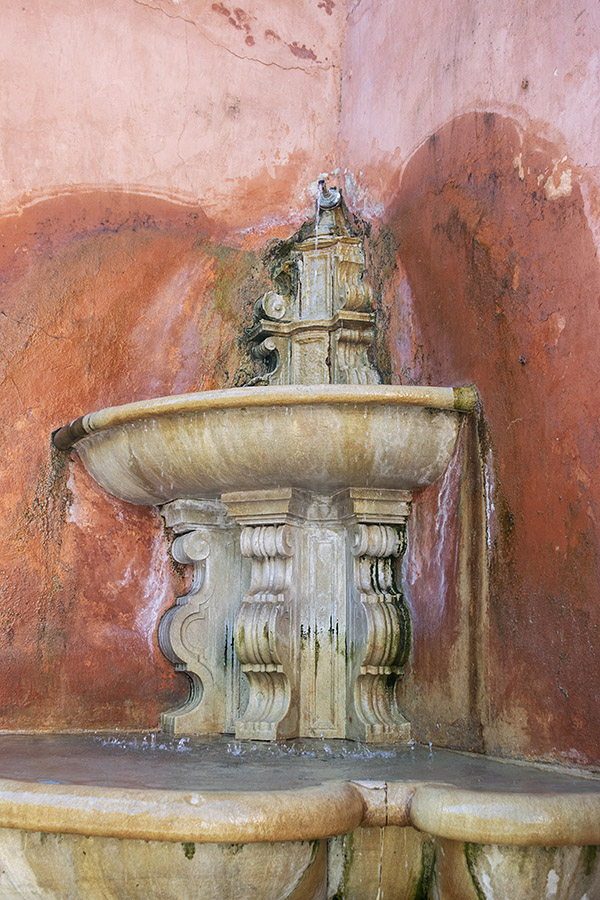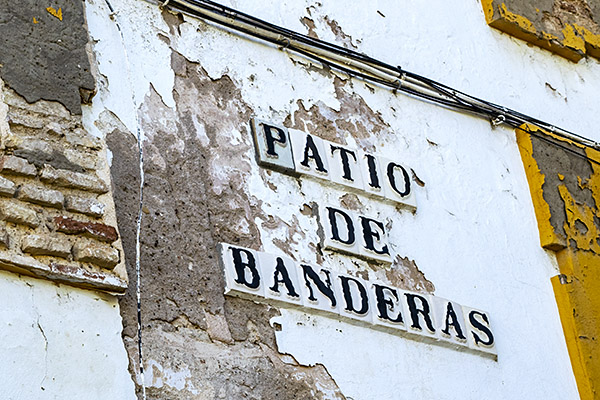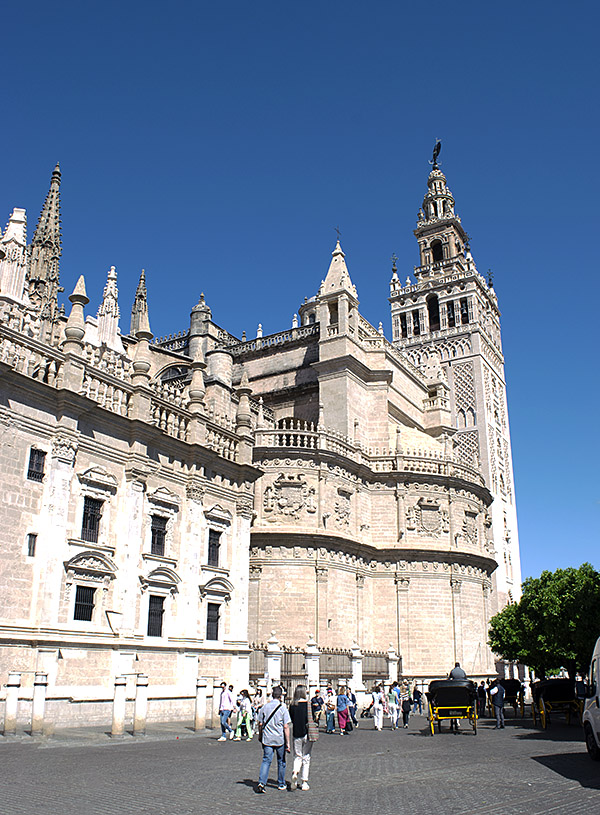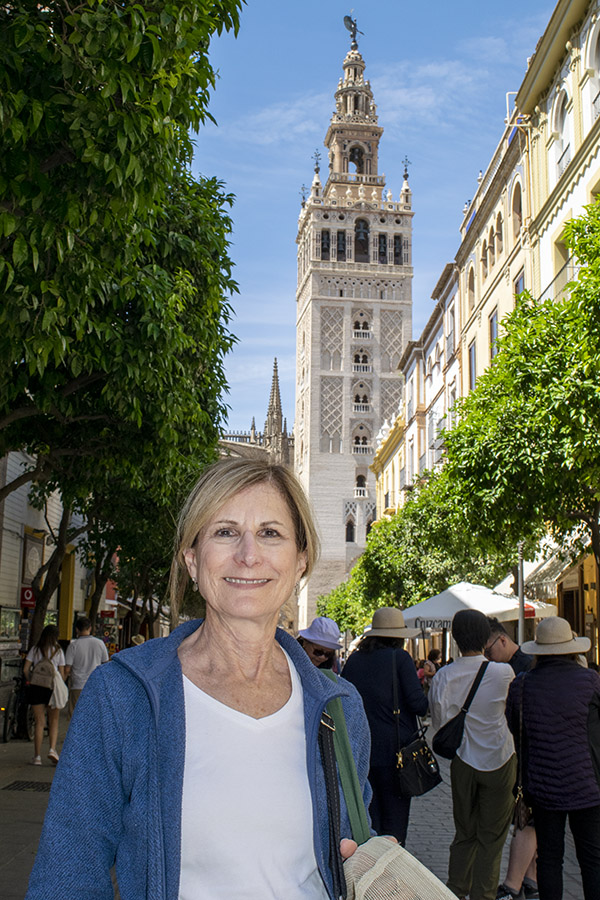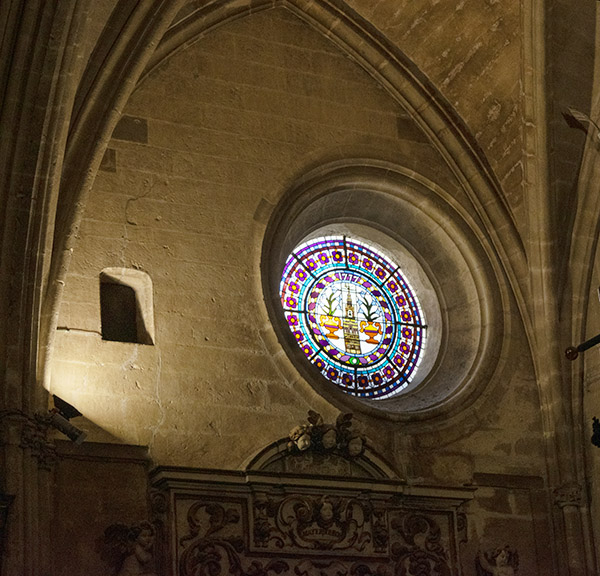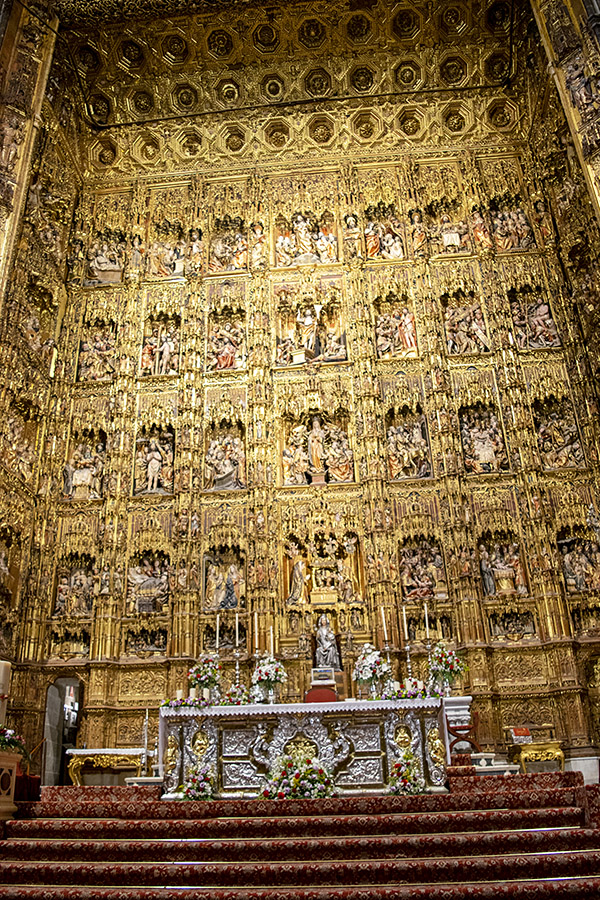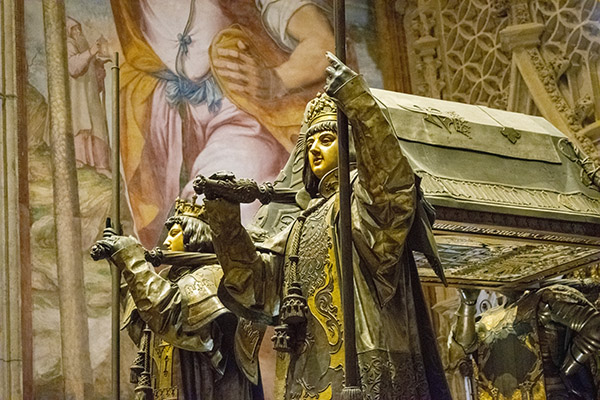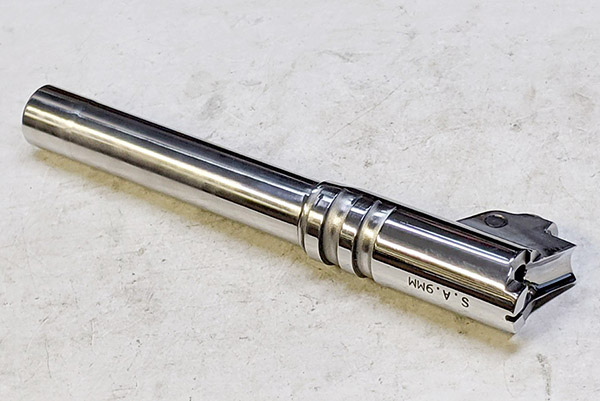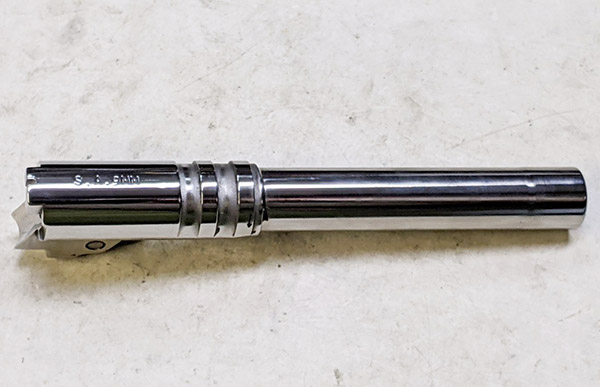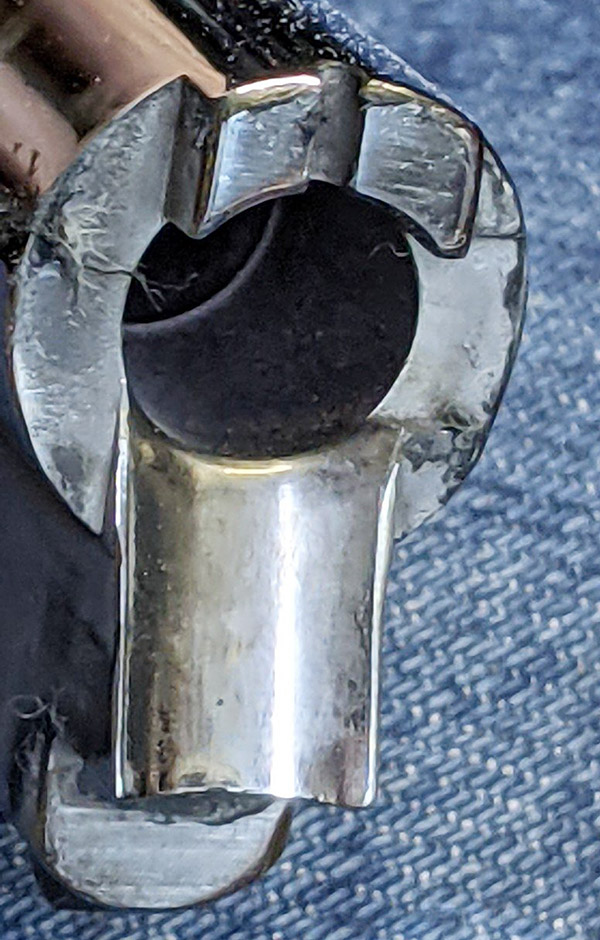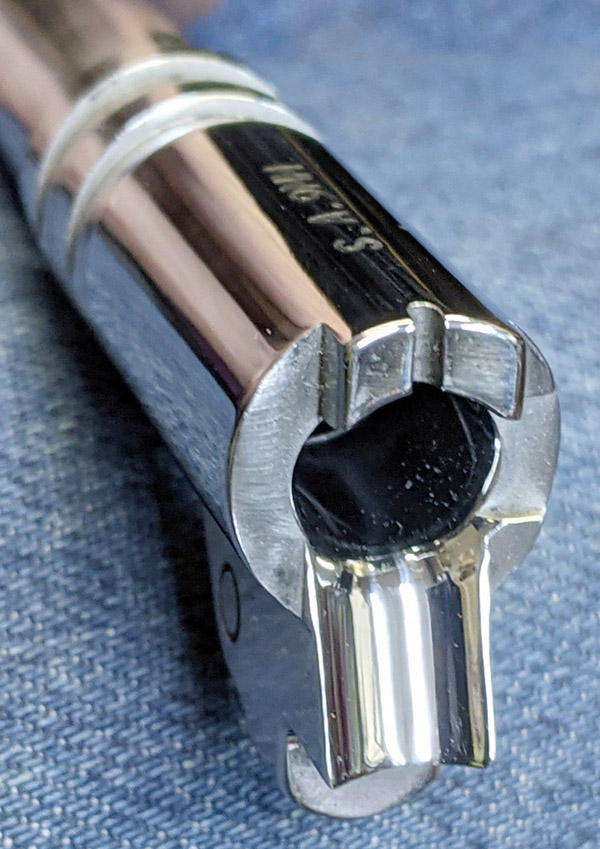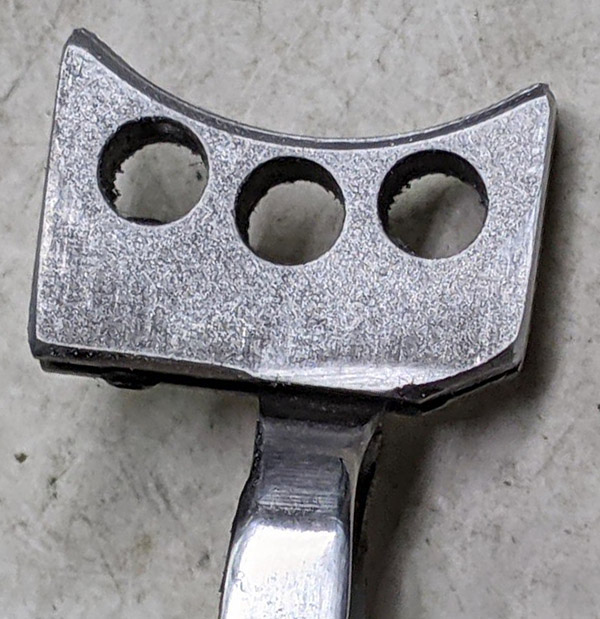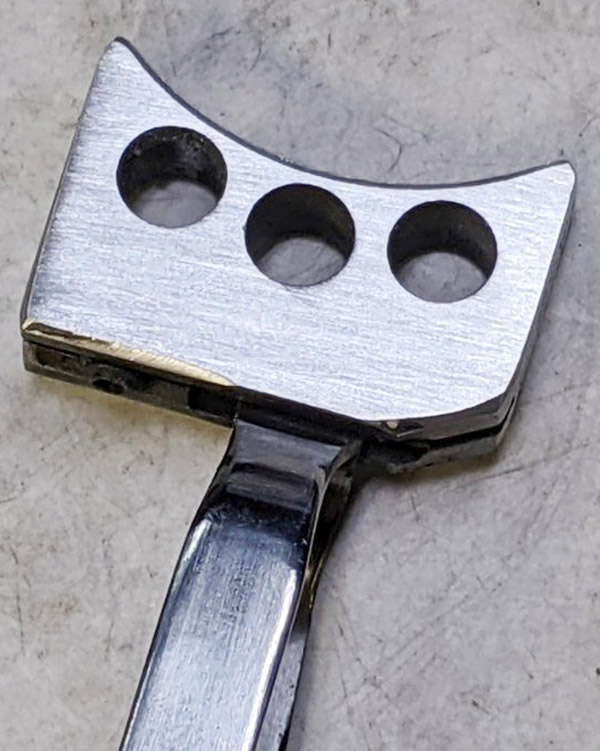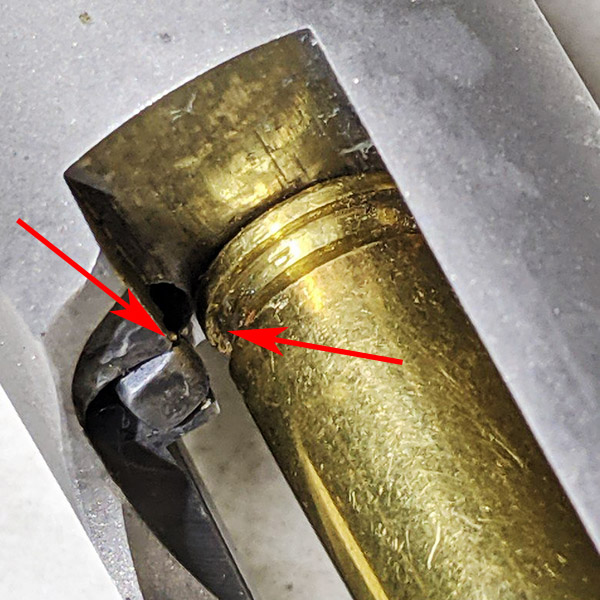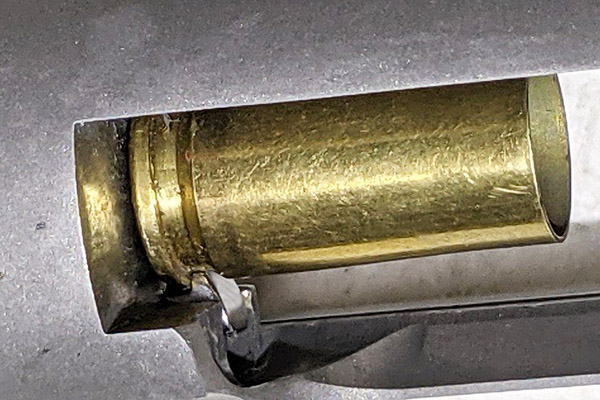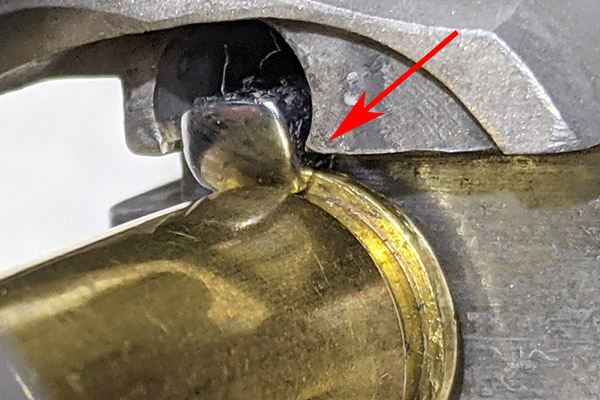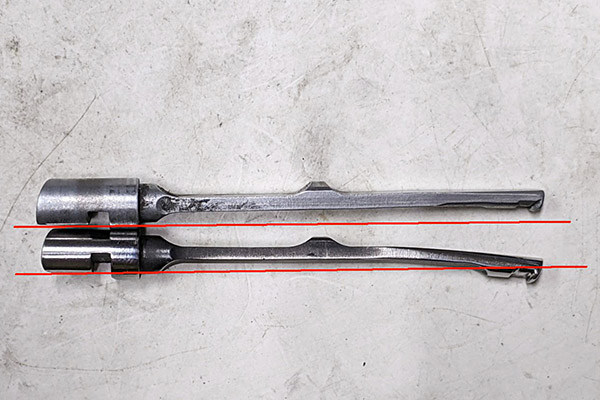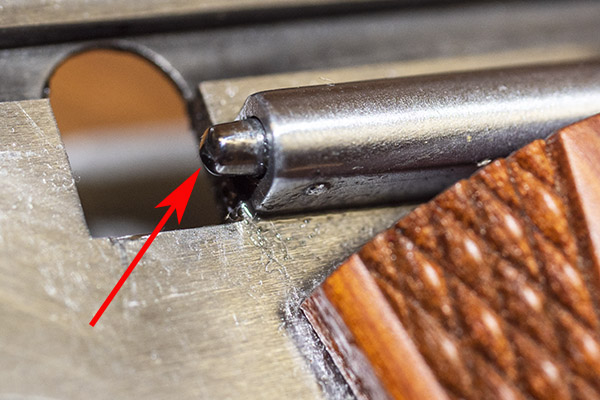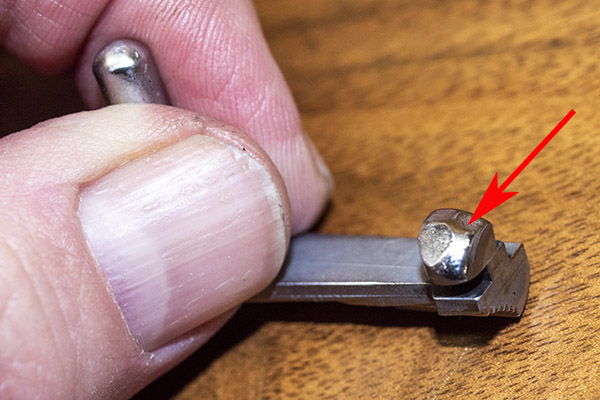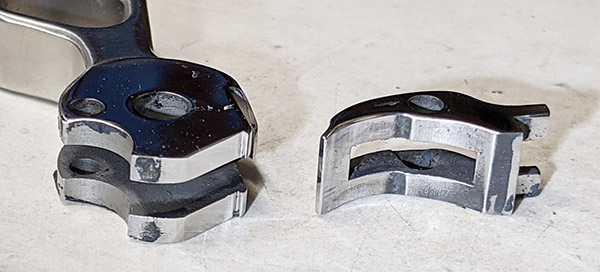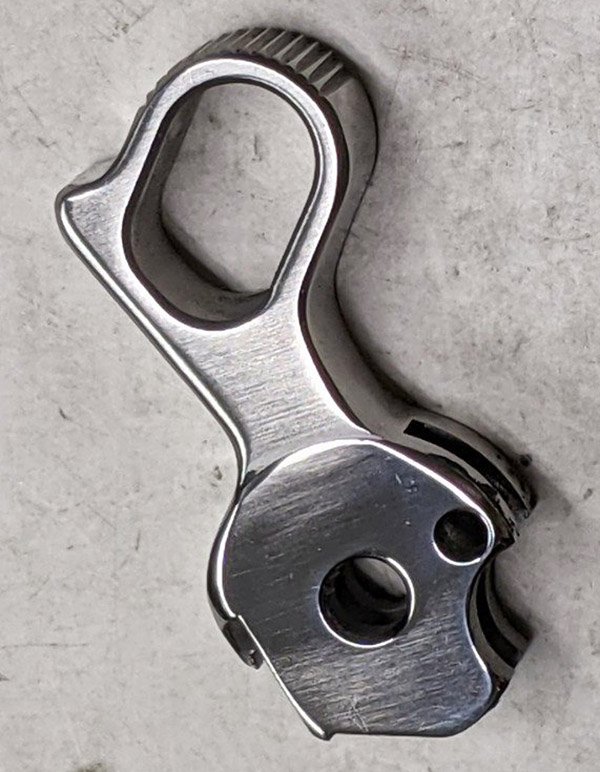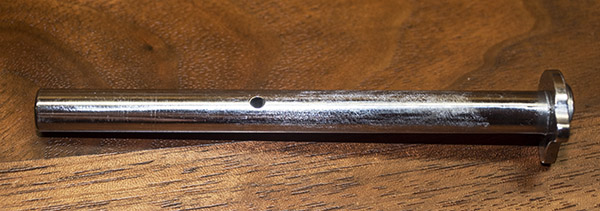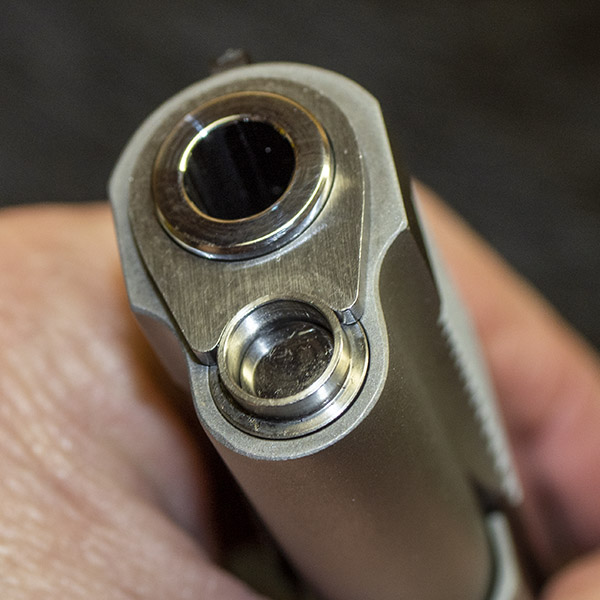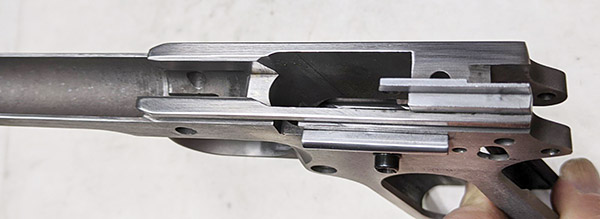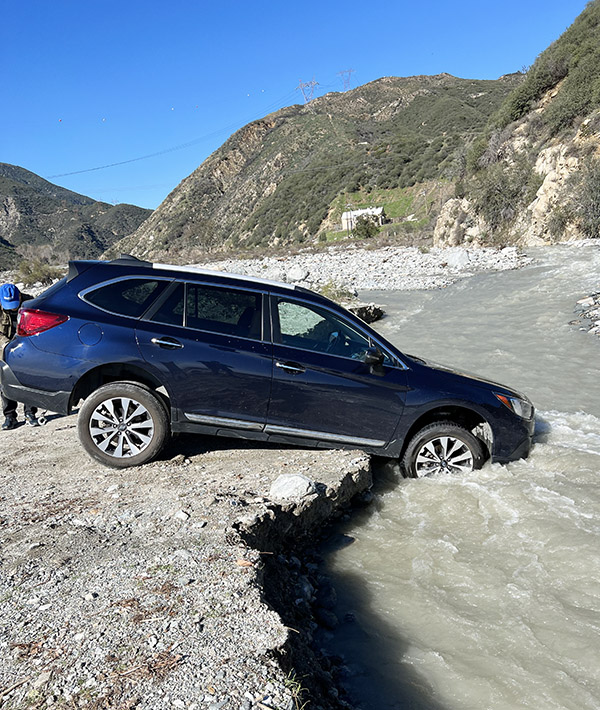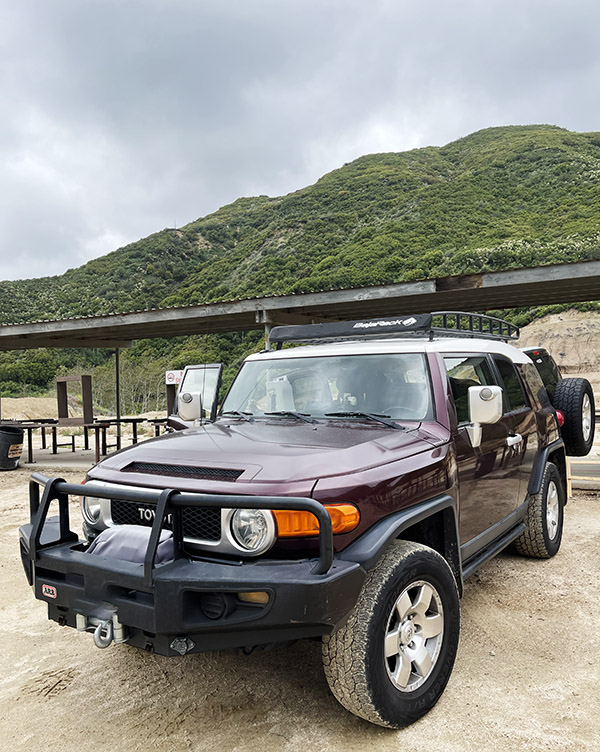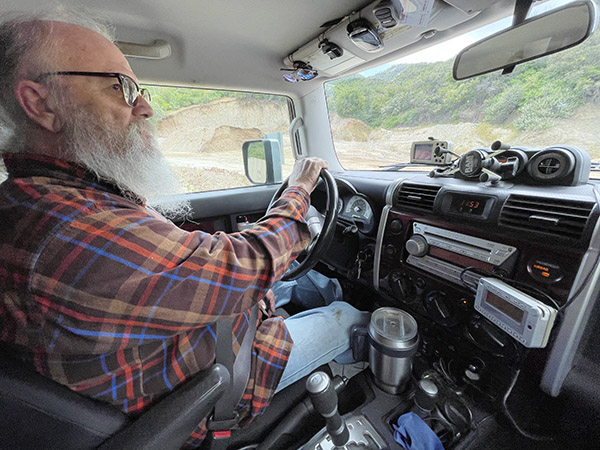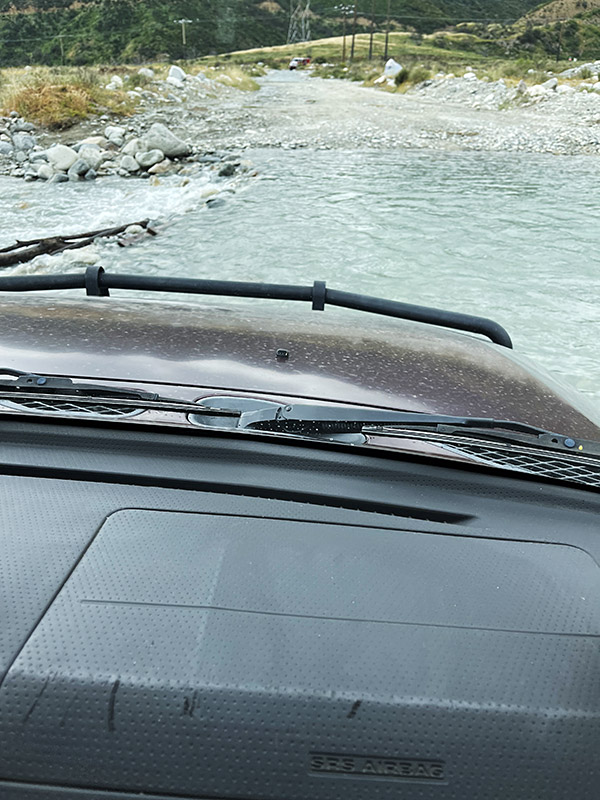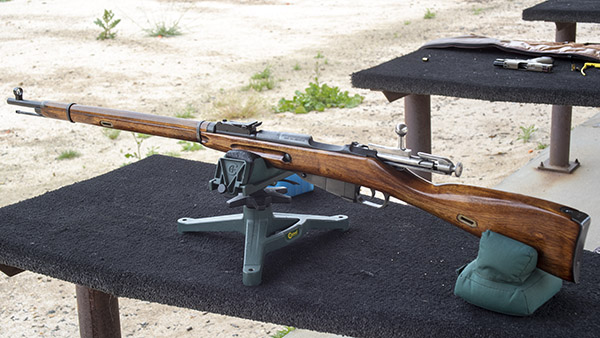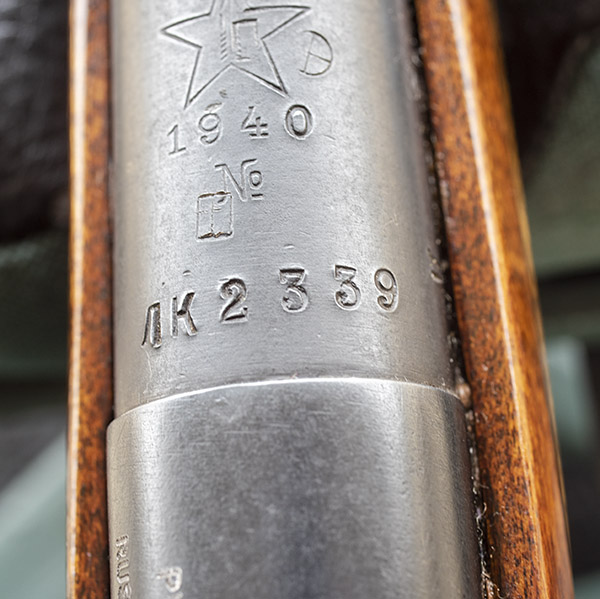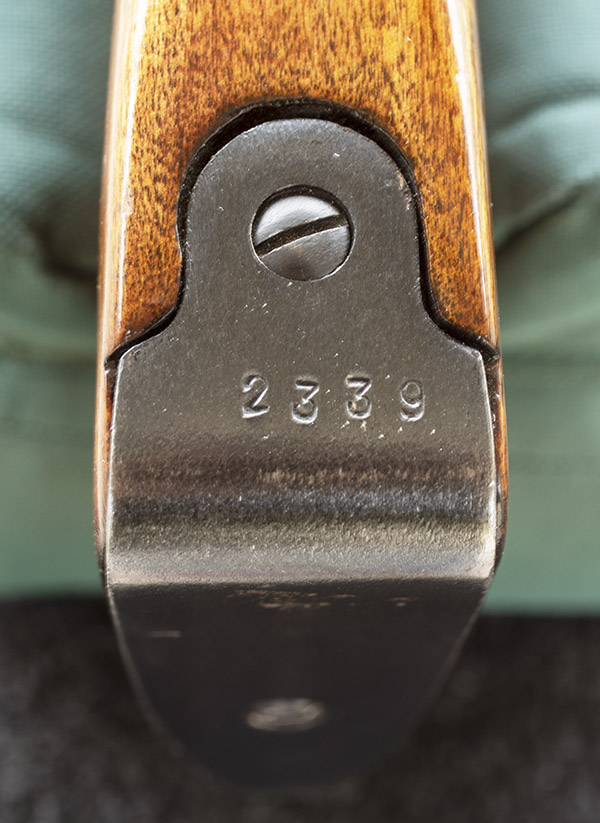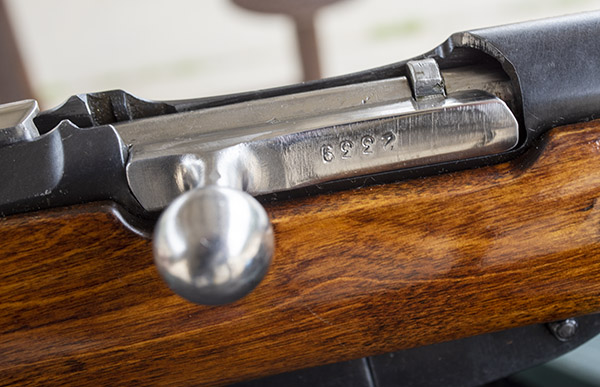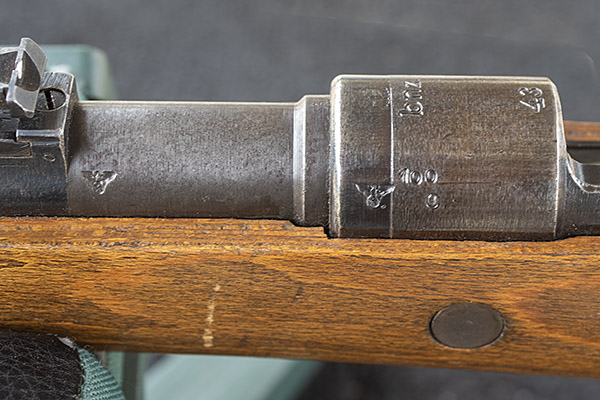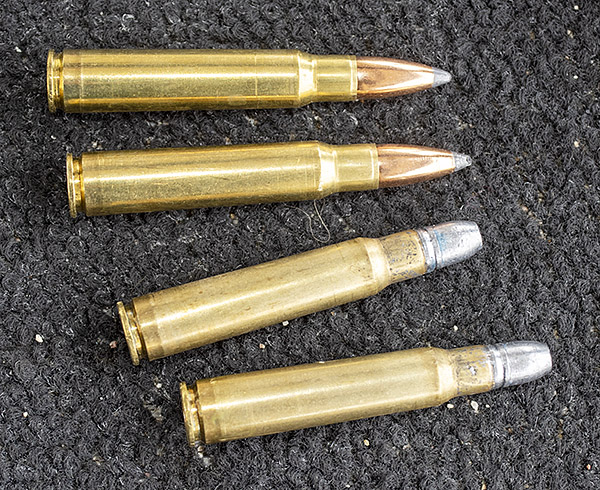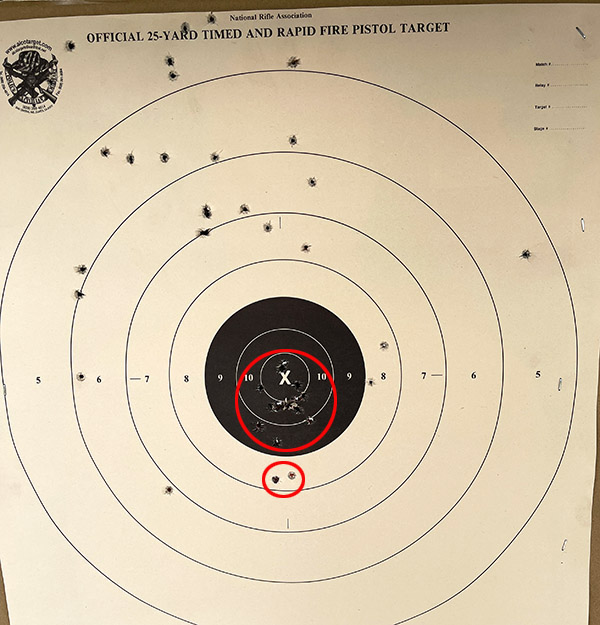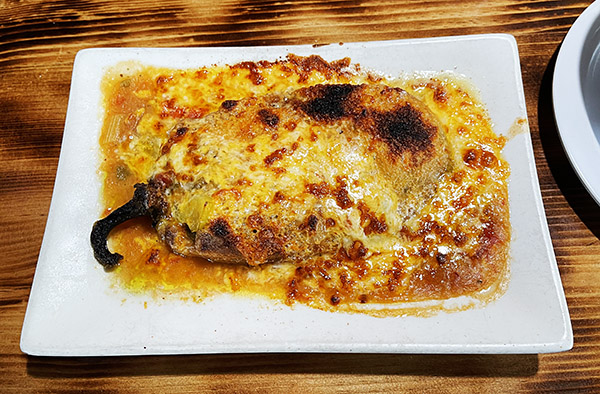By Mike Huber
My flight that had left Boston landed safely in Managua, Nicaragua and I was ready to begin my next adventure working remotely. To ensure a smooth transition to a new country I took a week of vacation so I could test out the Wi-Fi, adjust to the new environment, and take some time to relax after the whirlwind of tasks that had been completed prior to leaving the United States. Getting off the wheel that many are trapped in isn’t the easiest or least stressful thing to accomplish. As I would later learn, it is much easier to re-enter the wheel then it is to exit it. To clarify when I say “wheel” I am referring to how most live their lives with an apartment, car, routines, etc. There is nothing wrong with living a life inside the wheel, and I am not one to judge, but for me it just felt wrong living that way. I am not sure if it was too cookie cutter or that I found it monotonous and unfulfilling. Either way the wheel wouldn’t be something I had to think about for the foreseeable future.
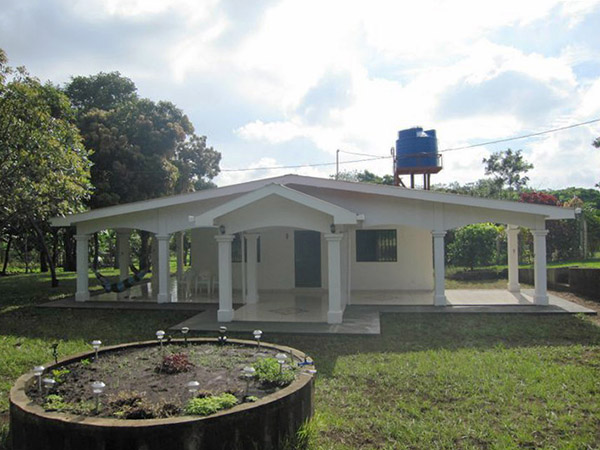
Upon arriving in the tiny jungle village of El Rosario (a 2-hour mountainous drive from the humidity, crowds, and heat of Managua) I gazed upon my new home with glee. It was a small 3-bedroom ranch on about 4 acres of land with every plant, vegetable, and fruit you could possibly imagine. All this beauty was just steps away from my hammock on the front porch where I could relax and gaze out into the lush jungle.
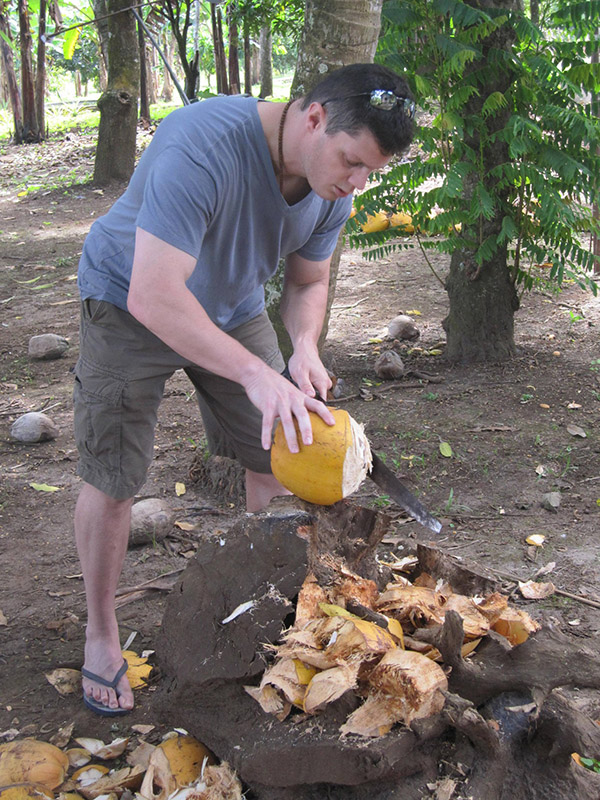
Once my week of vacation was wrapped up, I began my usual work routine but a tad different from that in Boston. The morning entailed going outside to retrieve eggs from the chickens, coconuts, pineapples, starfruit, dragon fruit, and of course, some hot chillis to add a kick to breakfast. This area of Nicaragua was very secluded, so it wasn’t long before I realized how much time I was spending working and really beginning to get out of my funk I had been in a few weeks prior.
After my 2nd successful week in El Rosario, I felt this would be my home for the next few months and wanted to add some more character to it. Running was a big pastime of mine. This activity helped me meet the locals and build relationships within the community. One of the neighbors had an amazing property to include a monkey named Paco. Now Paco was not very friendly, and it seemed after you gave him a couple beers, he got even less friendly, nevertheless this was one of my favorite stops along my run (mainly since the owner would give me a beer or two to rehydrate). After chatting with him I noticed he owned a couple beautiful Rottweilers and they had recently given birth to six cute little puppies. That was it: I bought two of the little guys for $30 and brought them back to the ranch.
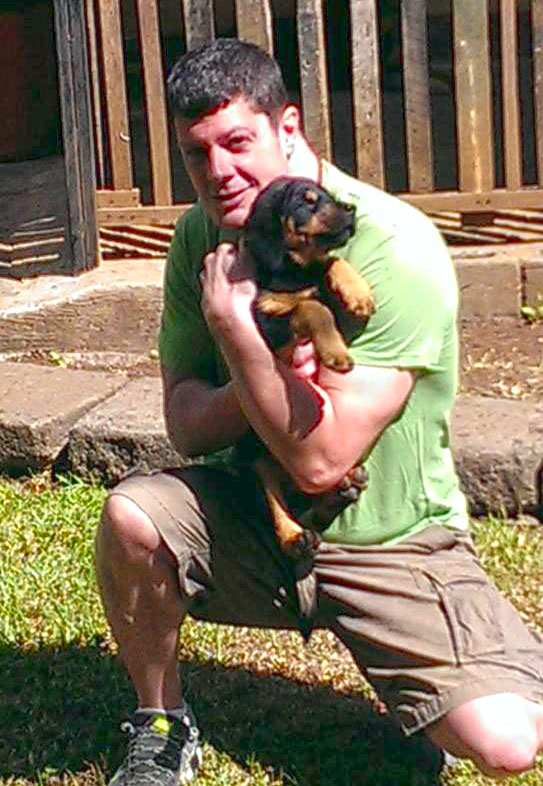
Now my life in Nicaragua felt complete. I now had two bad ass little puppies that would join me every morning when I went out to gather food for breakfast. They would also make a great addition to the security of the property. This was disappointing to the neighbors who had a hole in their fence. It didn’t take long before they noticed their chickens began to go missing. It seems the chickens had a curiosity of what was on the other side of the fence. Death. Death was on the other side of that fence. As soon as they meandered into the yard there would be a loud squawk followed by an explosion of feathers, and that is how my new pups were fed. Of course, this only went on a couple weeks until the neighbor became highly motivated to repair the hole in his fence.
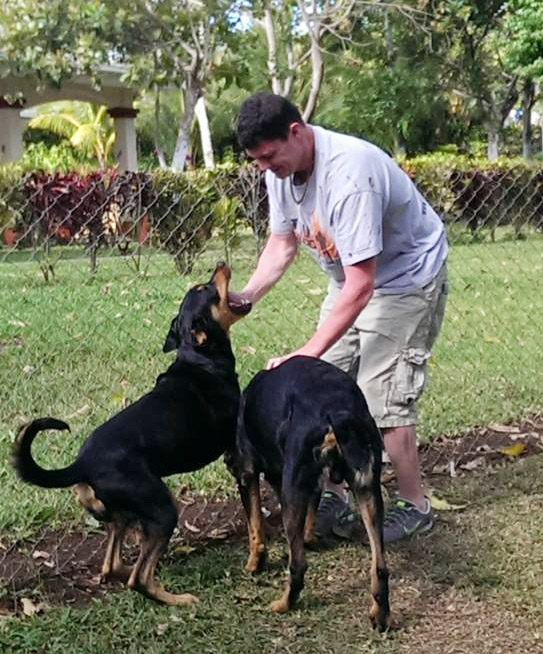
After two incredible months of living in Nicaragua working by day and spending the evenings in the hammock with my dogs lying next to me as I drank Flor de Caña rum, I started to think it may be time to move to my next location. The biggest and possibly only issue I had with living there was the isolation. I was miles from any town, I didn’t have a car, and I was living essentially on a 4-acre compound. The property was surrounded by 8-foot walls with concertina wire on top. Don’t get me wrong. It was a safe area and I never felt in danger, but the risk of theft or a break-in was always there. After a week debating whether to move or not, I decided to pack it up and take a 26-hour local bus ride to Panama. Once again, boarding a vehicle to a new destination, I felt stress just as intense as departing Boston. Would Panama work out as well as Nicaragua?


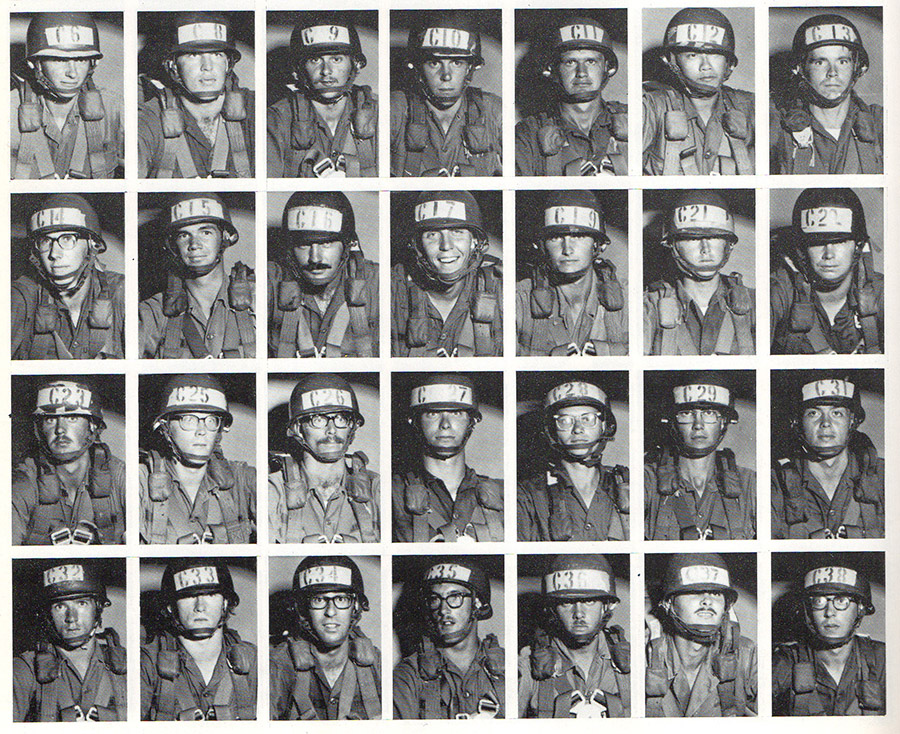
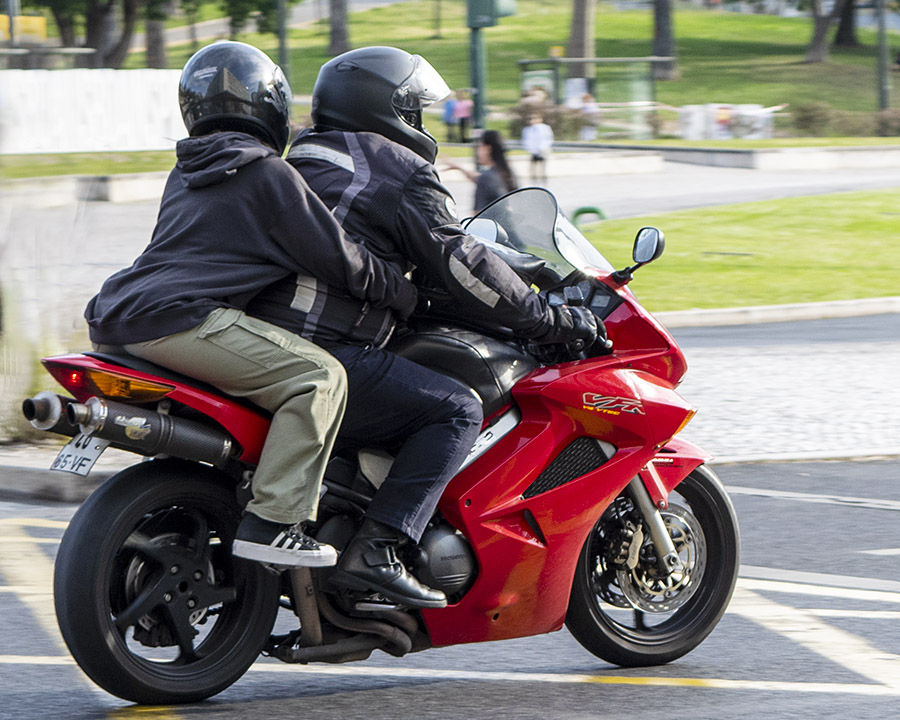
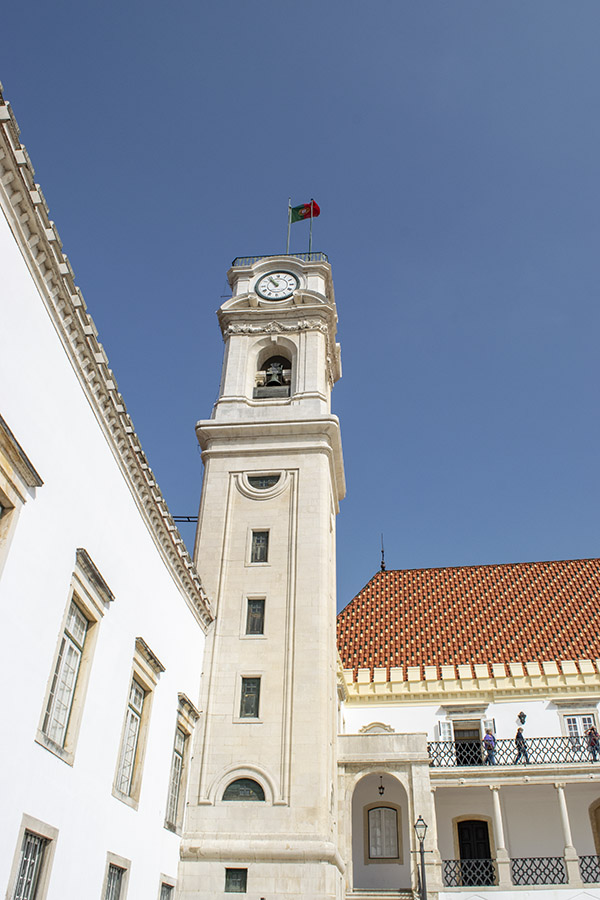
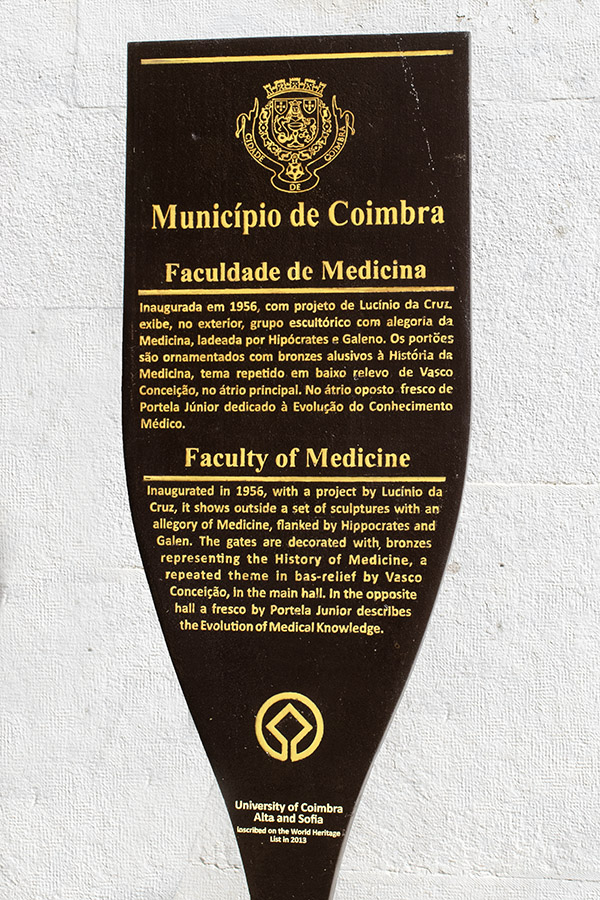
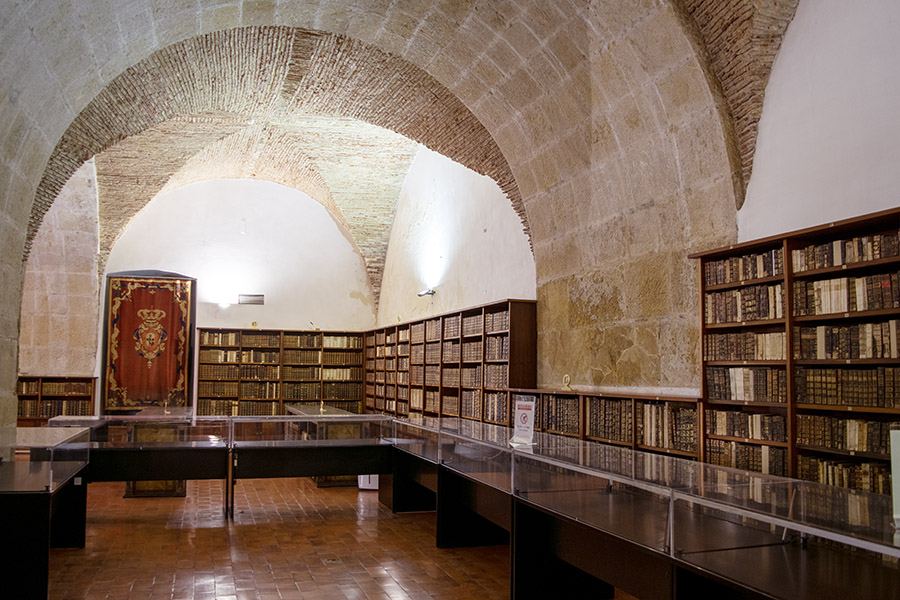

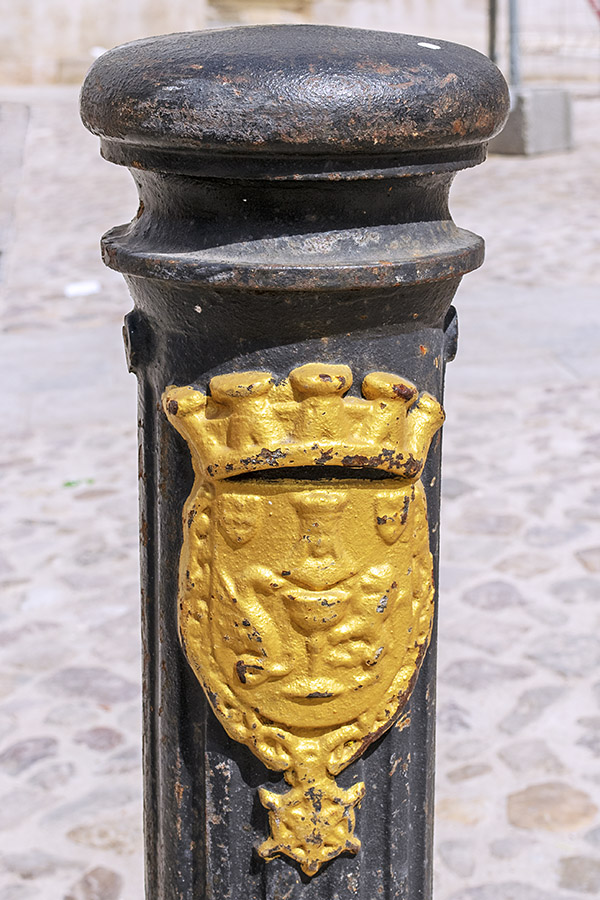
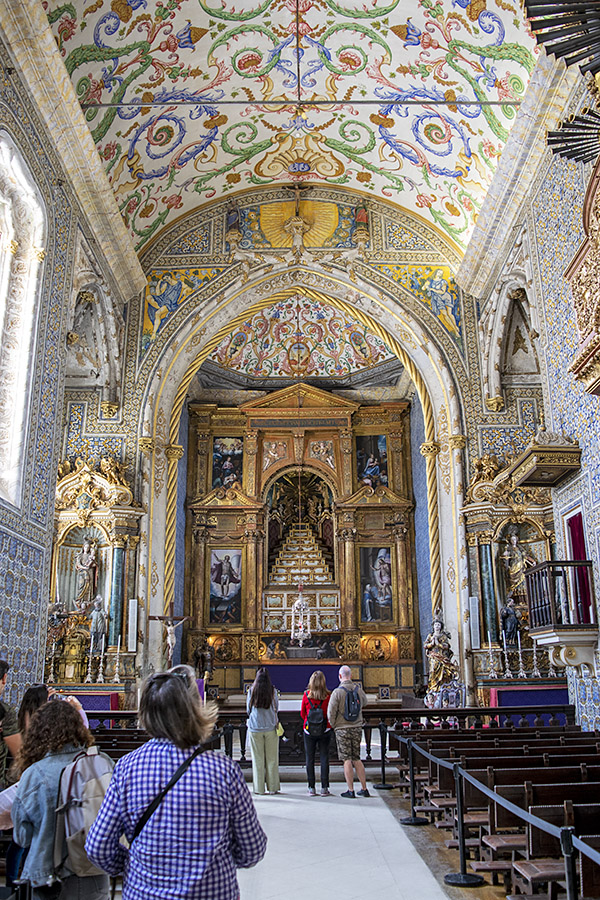
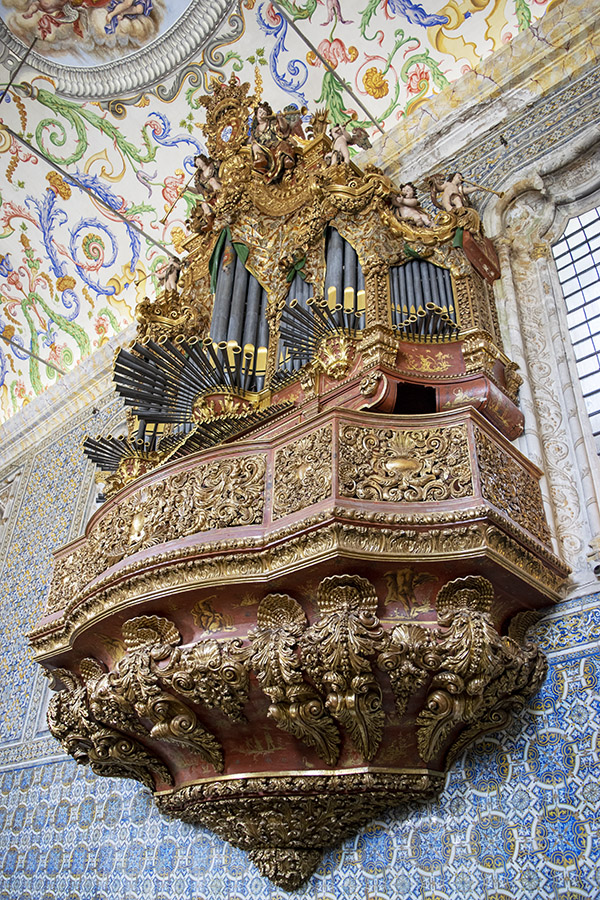
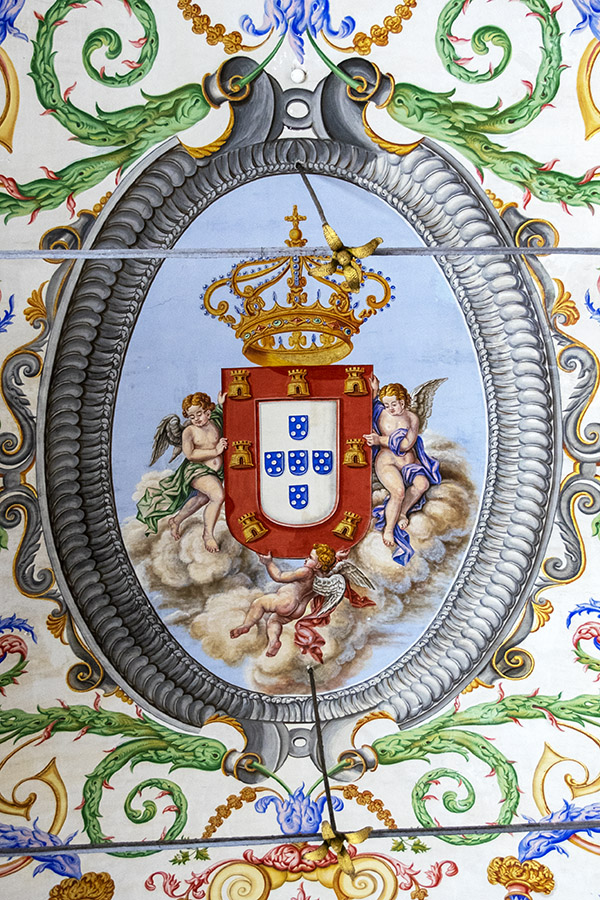
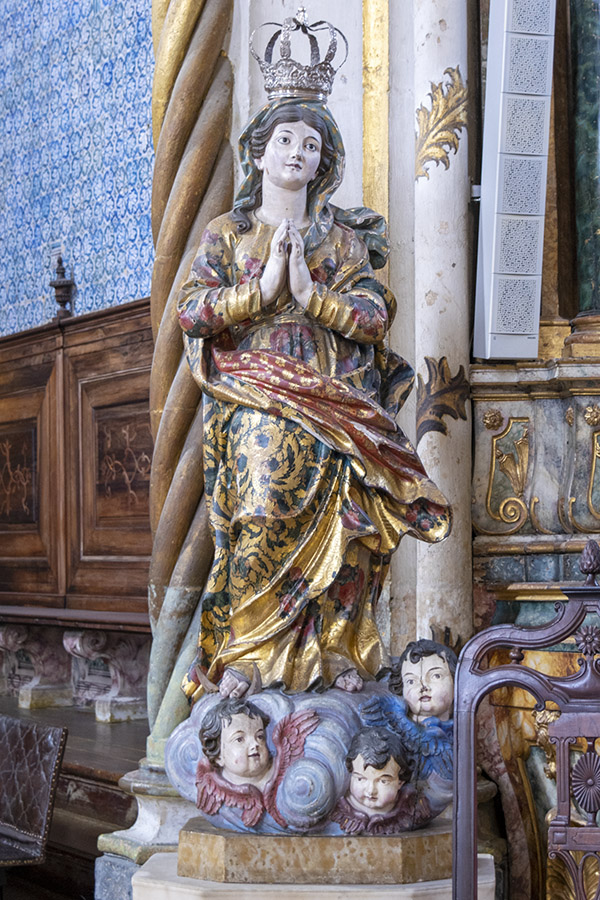
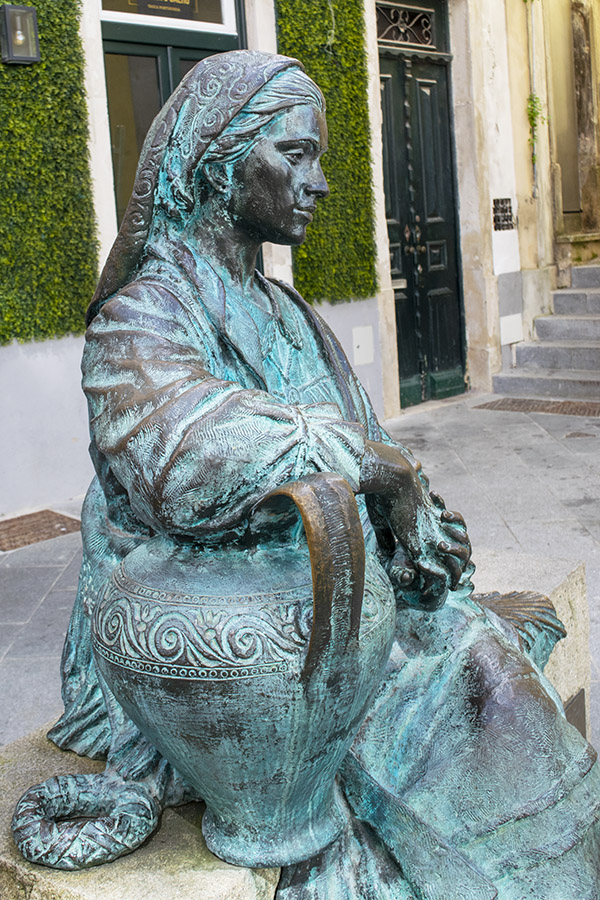
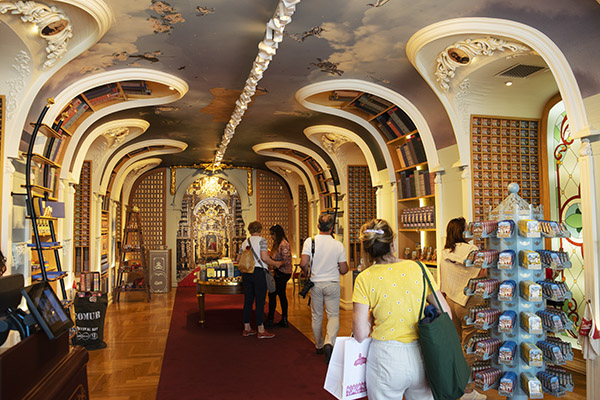
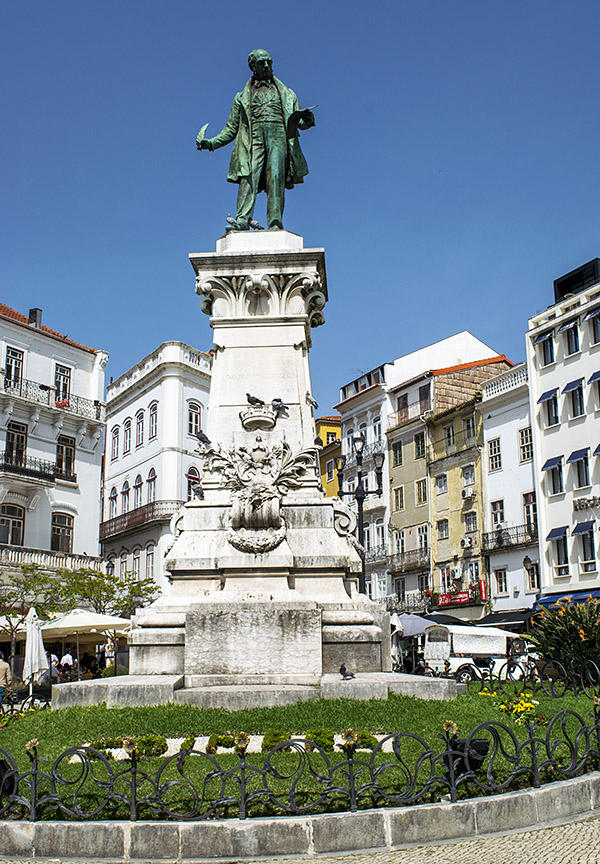
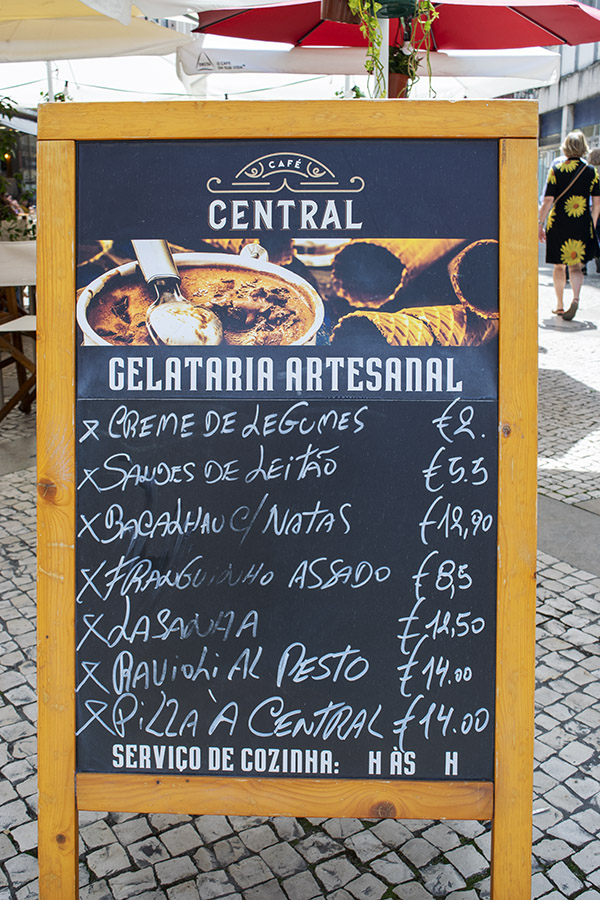

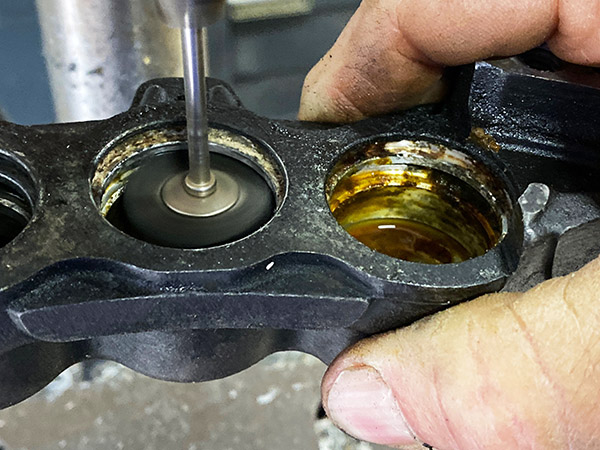
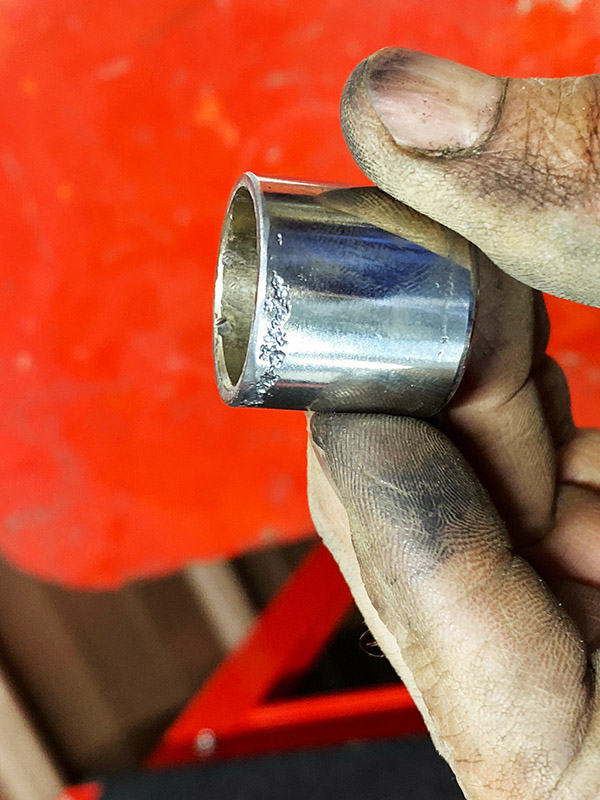
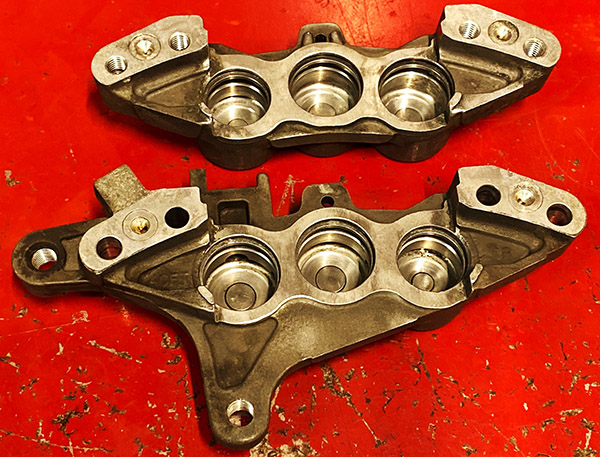
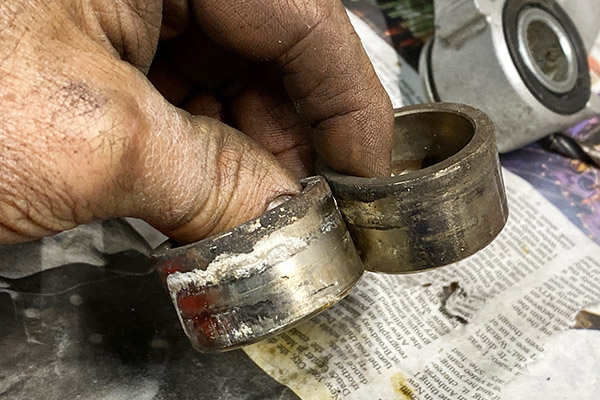
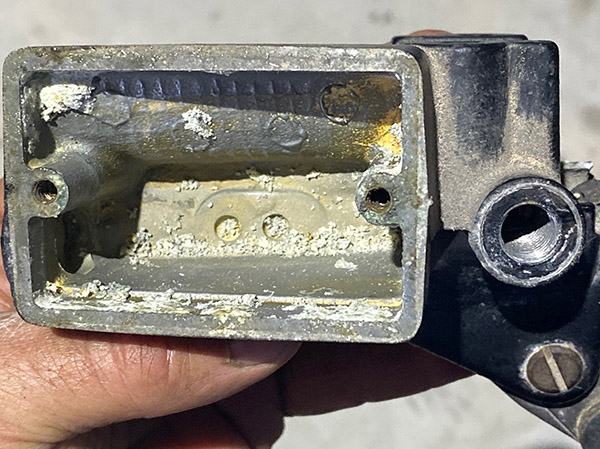
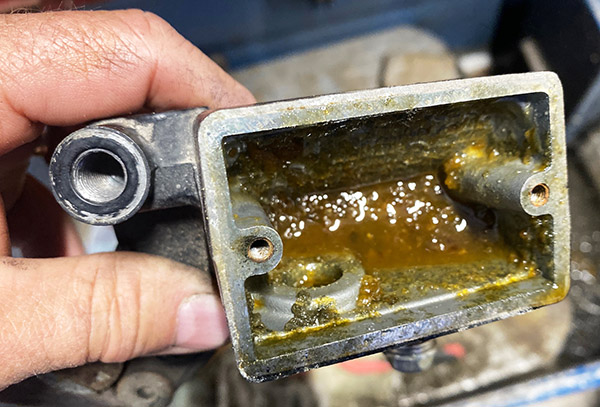
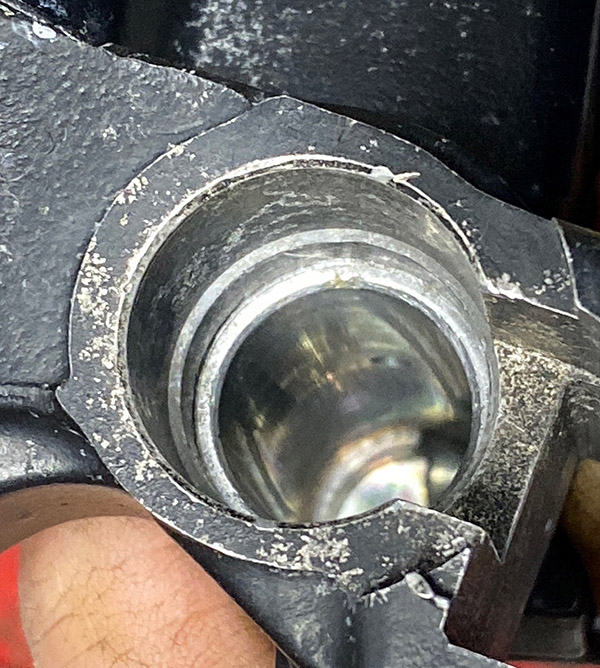
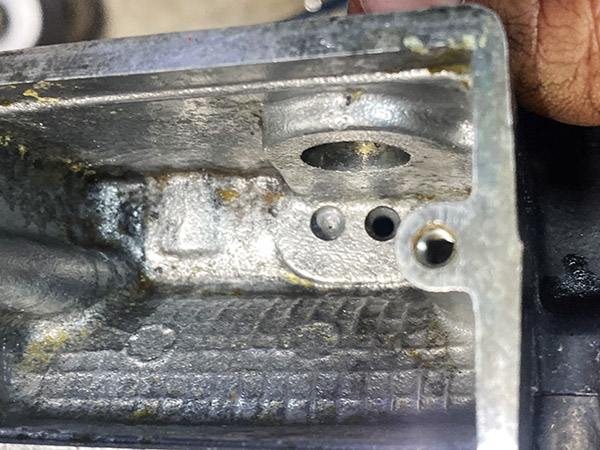

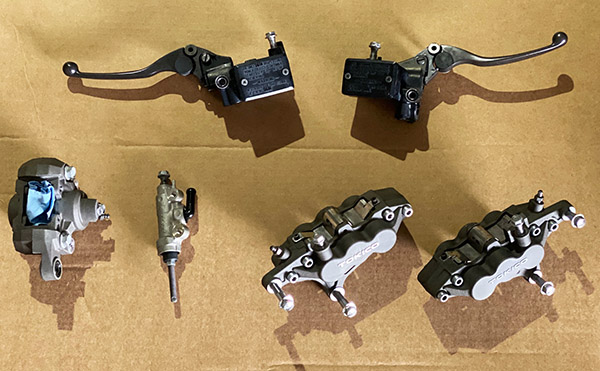
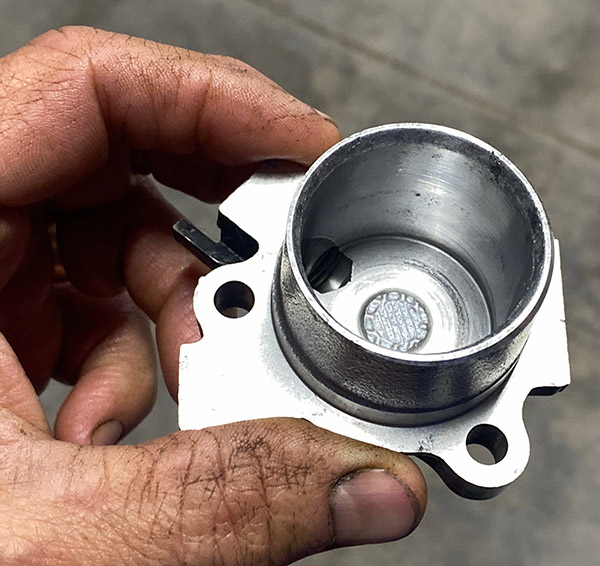
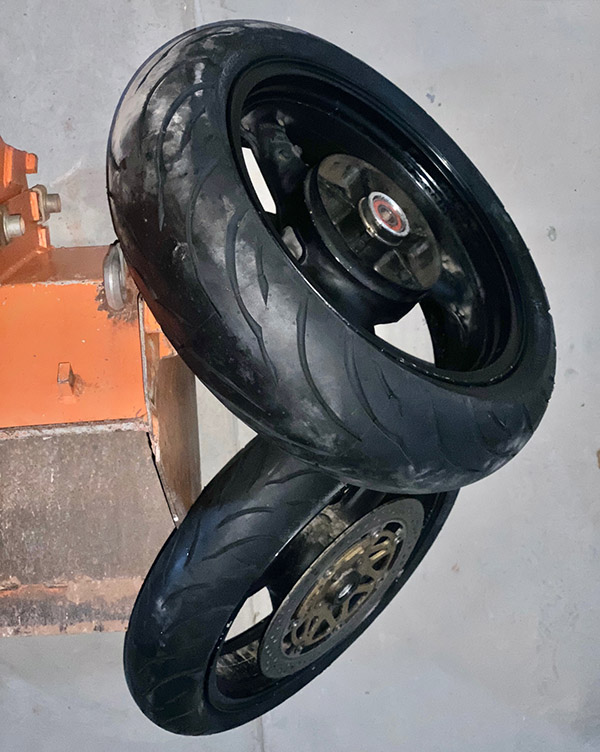
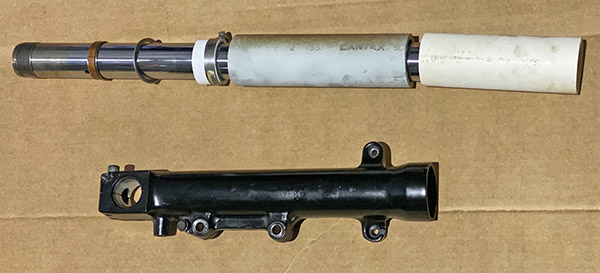
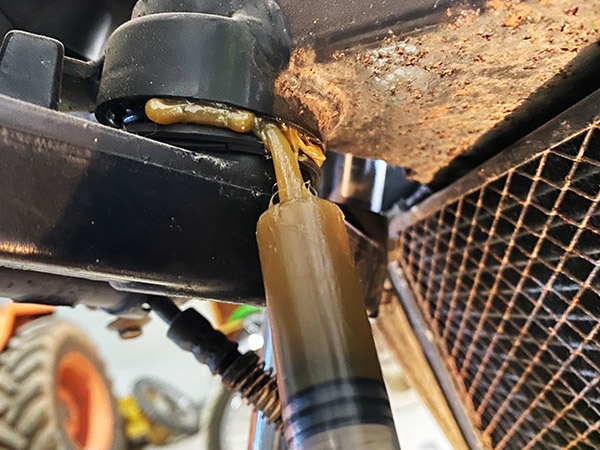
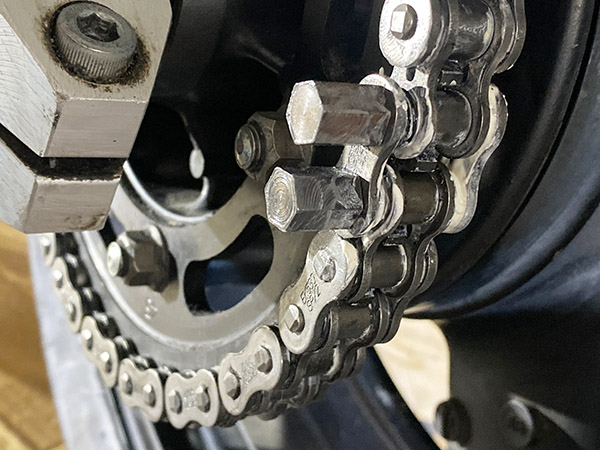
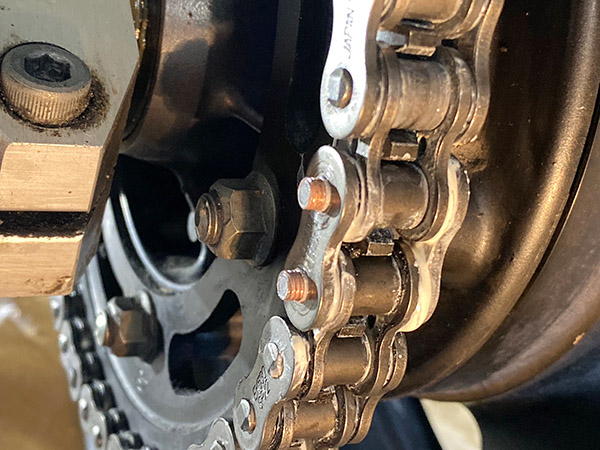
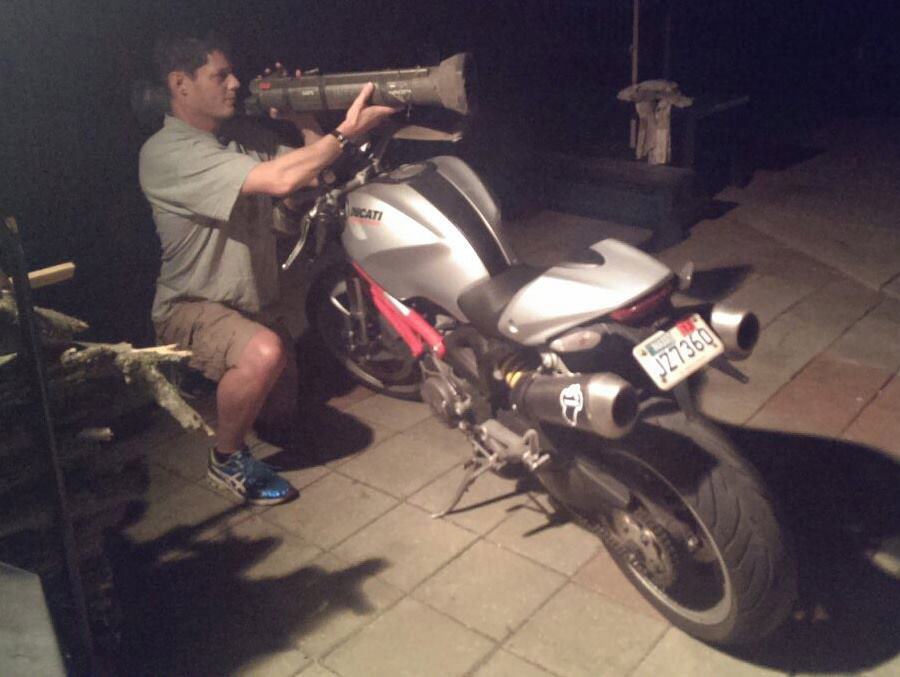
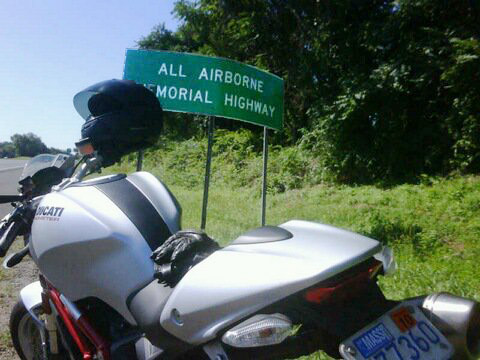
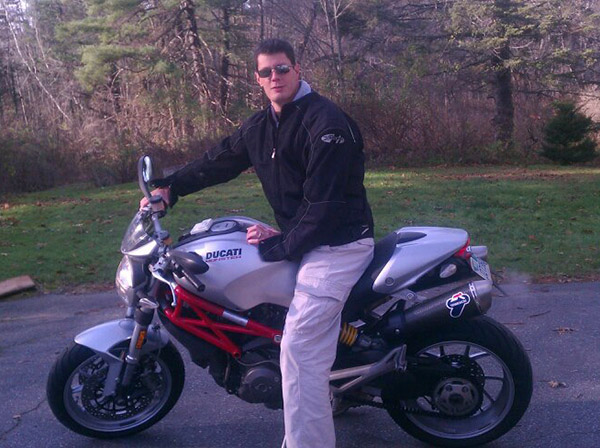
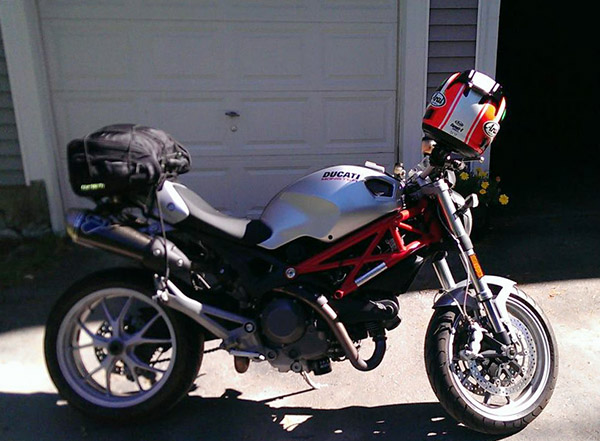

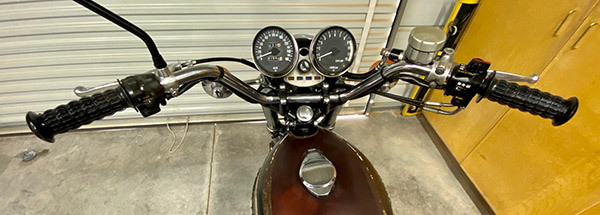

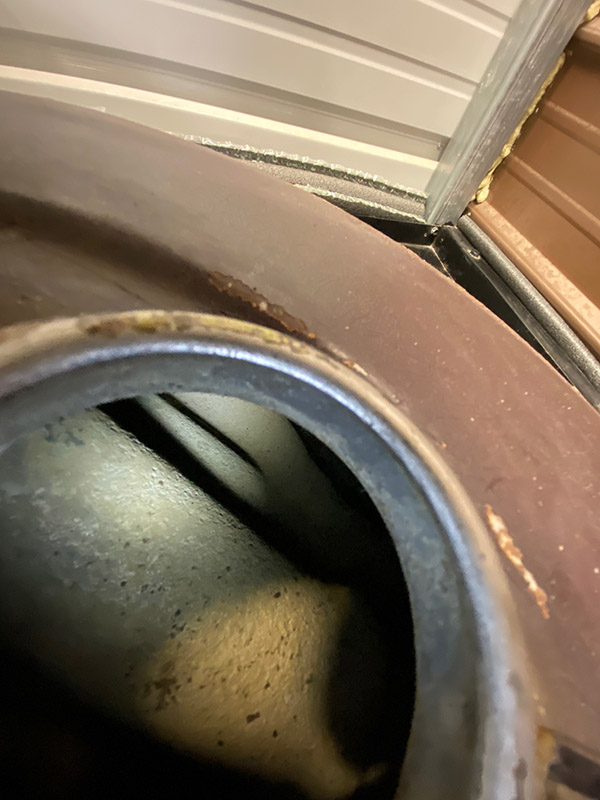
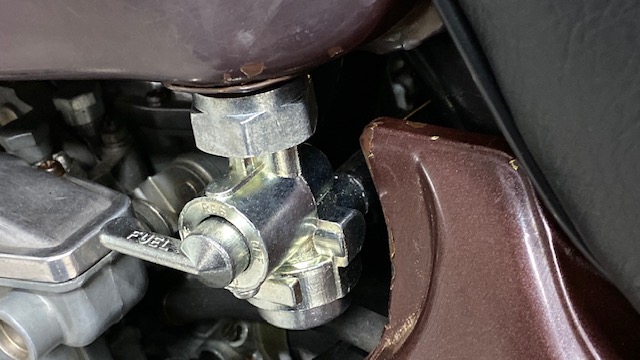
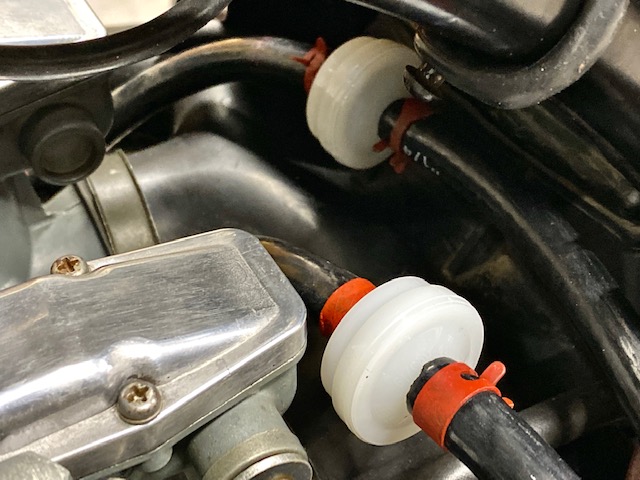
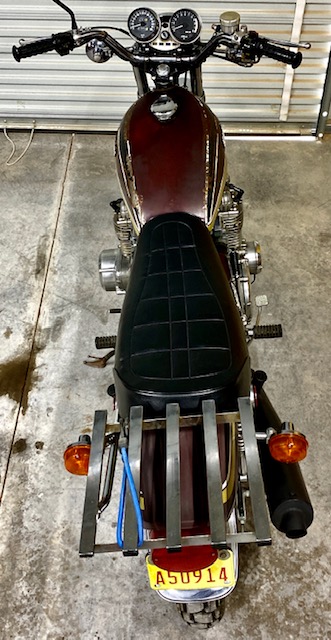
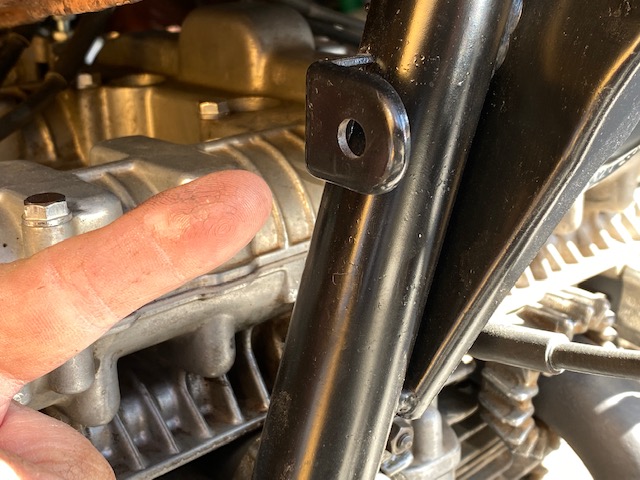
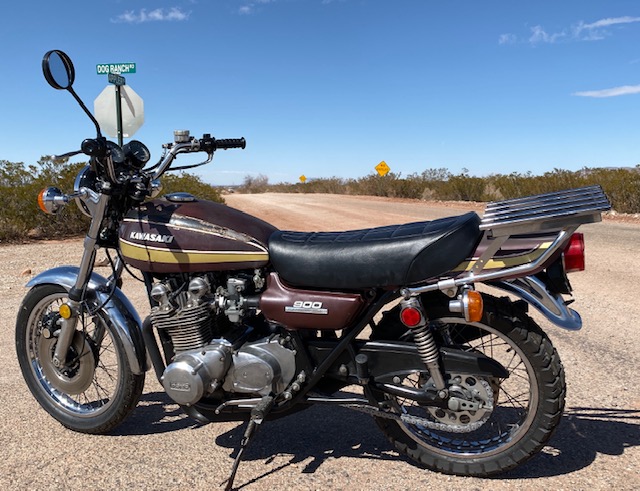
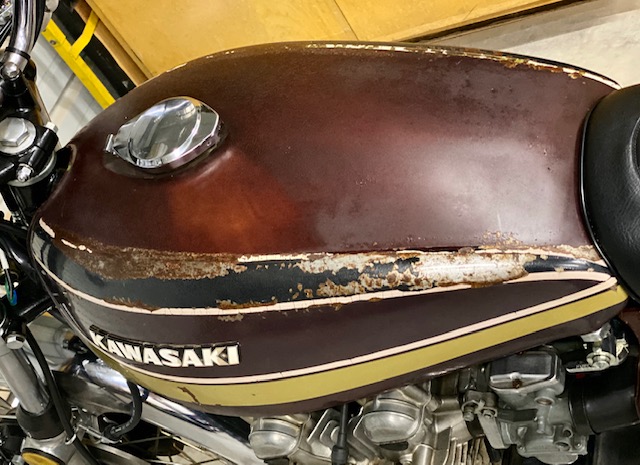
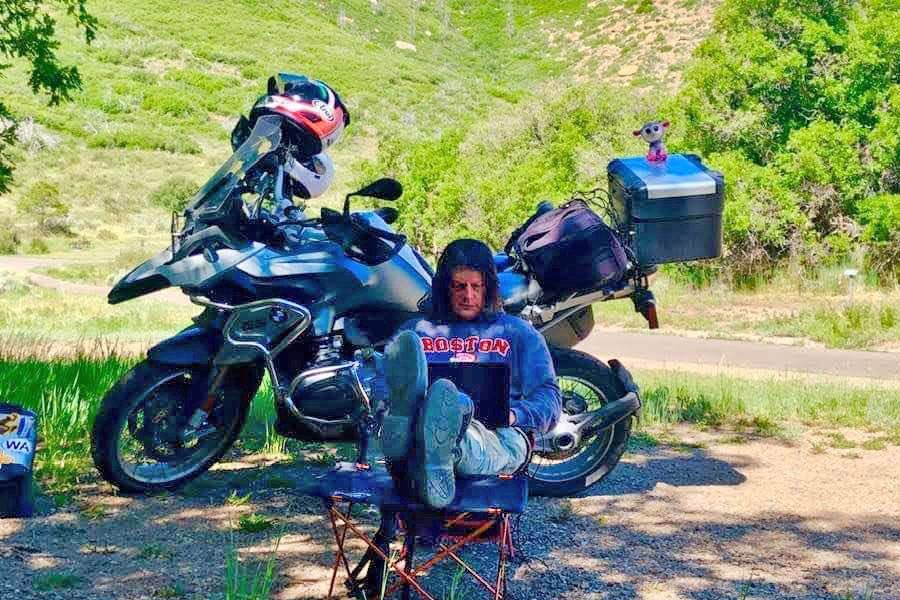
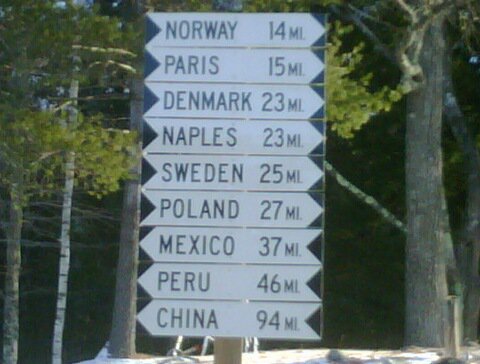 The first two years were mostly spent learning to excel in my new position as a project manager along with clumsily discovering how to adjust my work/life balance in creative ways. This involved motorcycling throughout New England in between work responsibilities.
The first two years were mostly spent learning to excel in my new position as a project manager along with clumsily discovering how to adjust my work/life balance in creative ways. This involved motorcycling throughout New England in between work responsibilities.